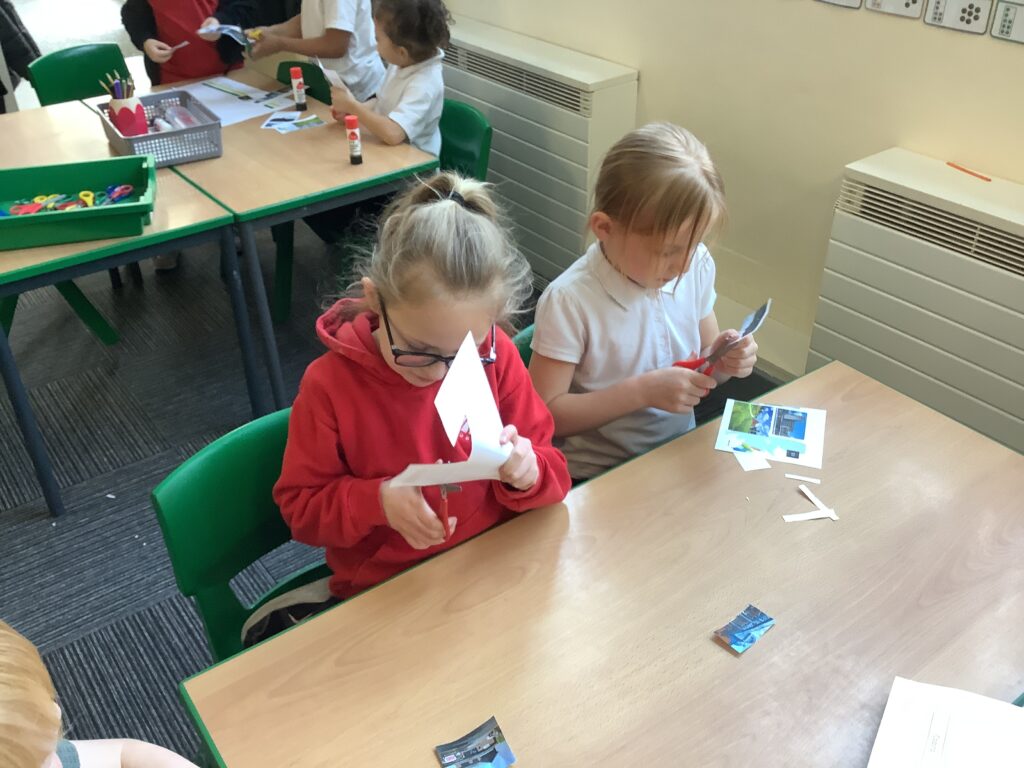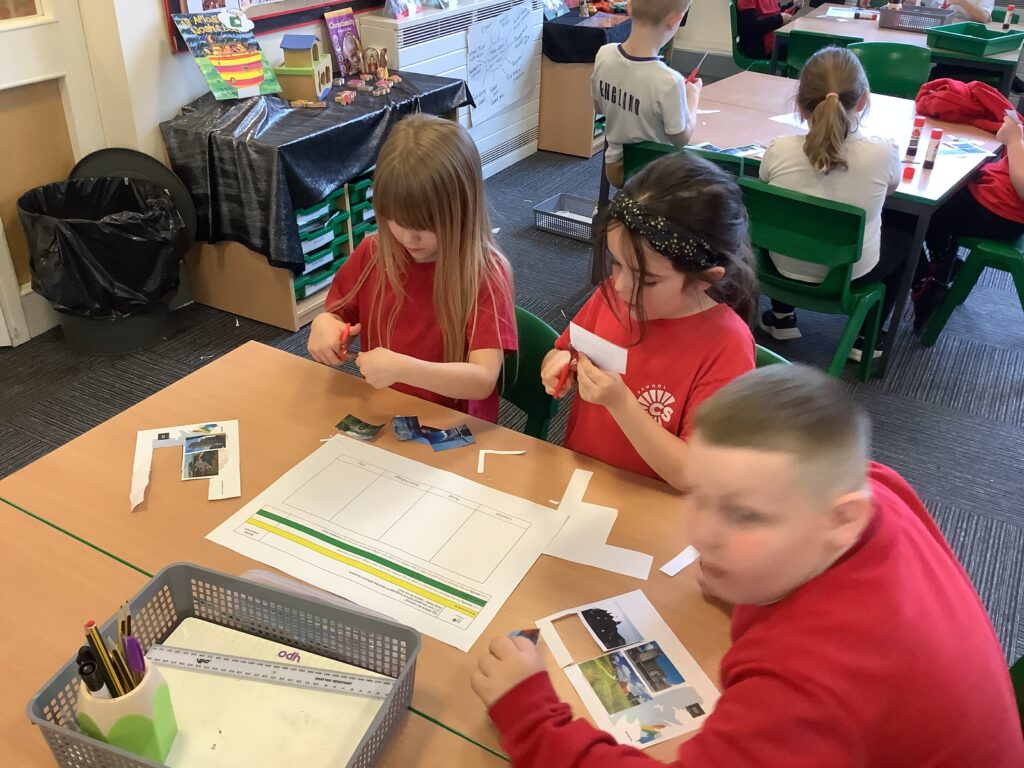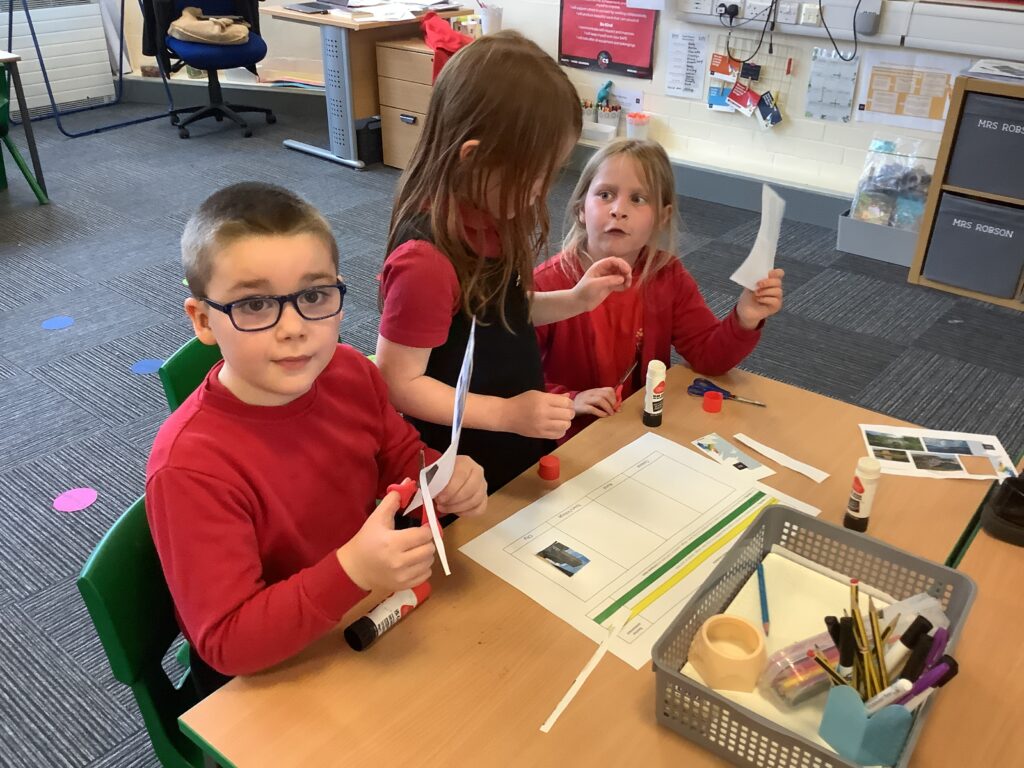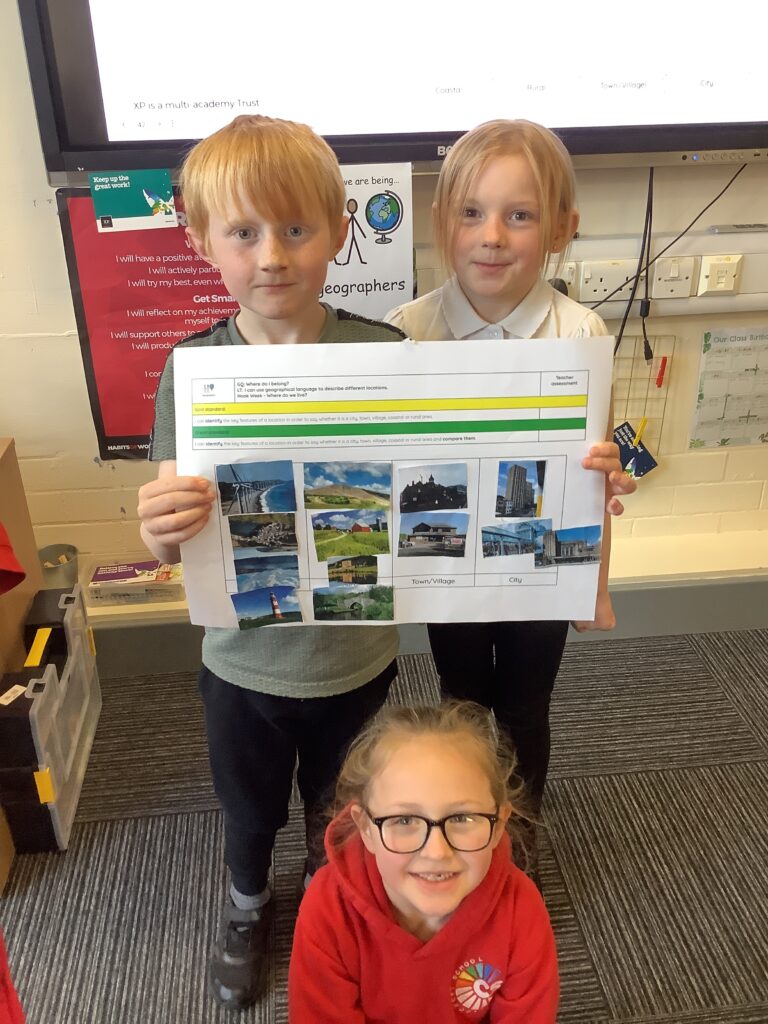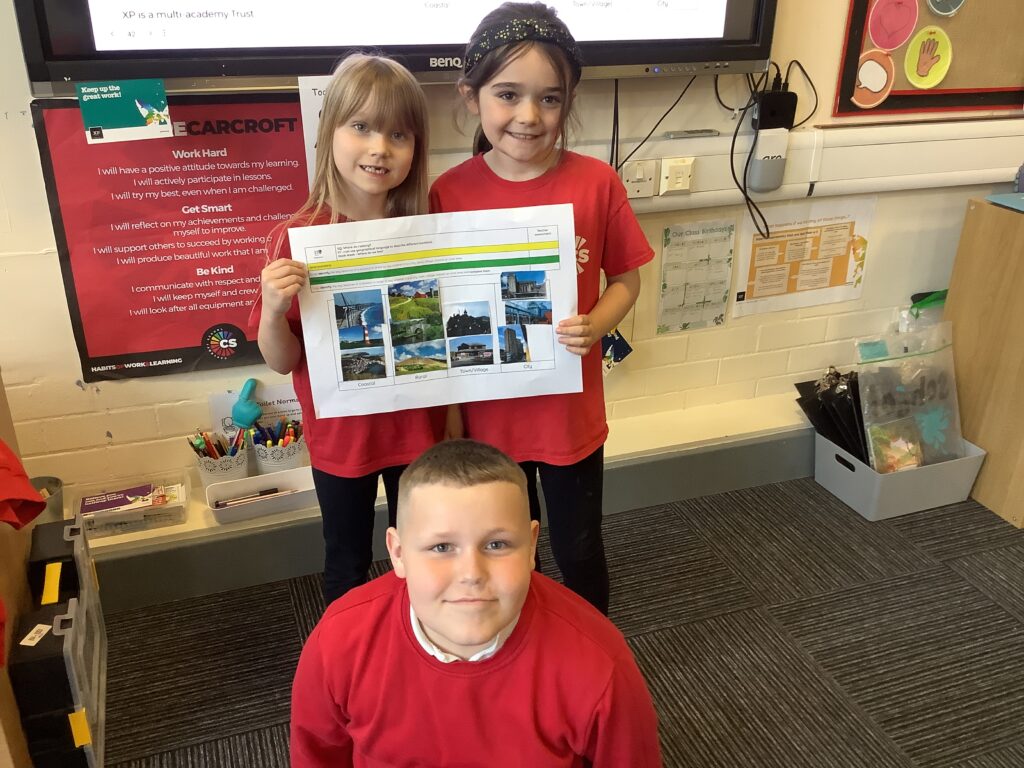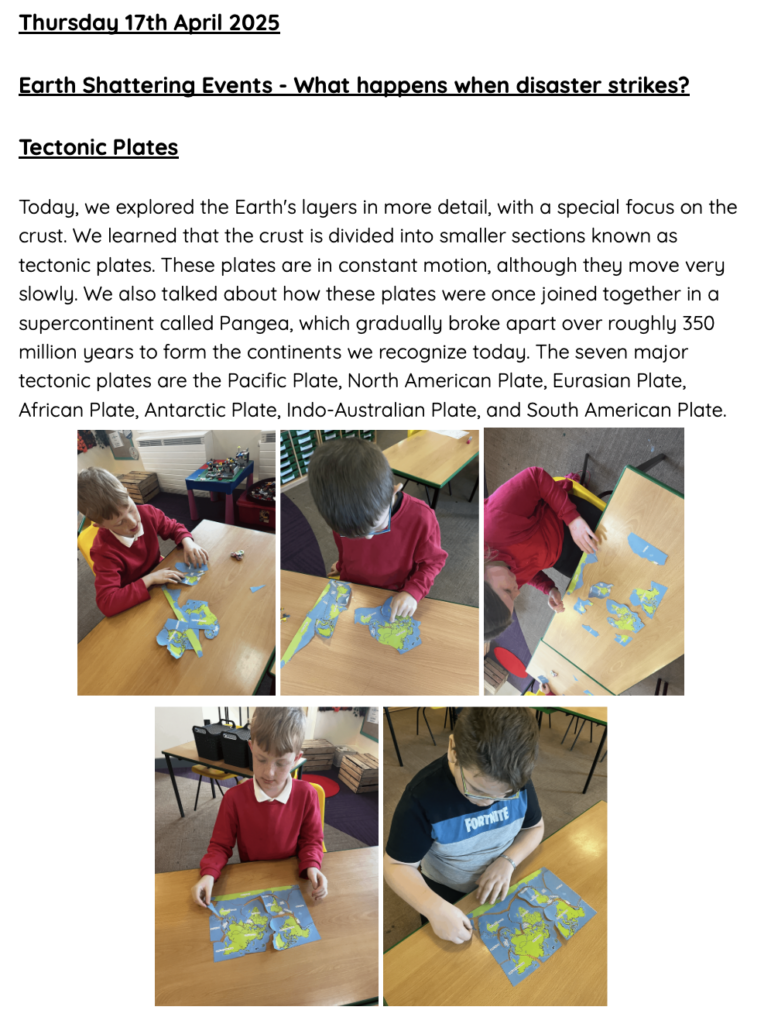
Tectonic Plates

Geography

Today, we dived deeper into the layers of the earth and focused on the crust. We discovered that the crust is broken up into smaller pieces called tectonic plates. These tectonic plates are constantly moving but they move very slowly. We discussed how these plates used to be one and this was called Pangea but over around 350 million years it has moved and become what we know today. The 7 major tectonic plates are Pacific Plate, North American Plate, Eurasian Plate, African Plate, Antarctic Plate, Indo-Australian Plate, and South American Plate.
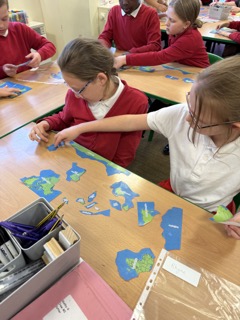
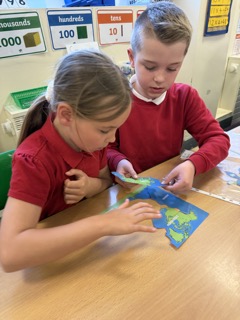
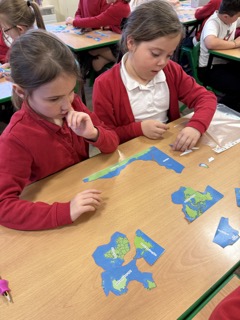
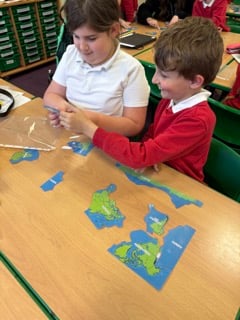
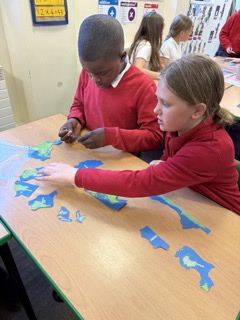
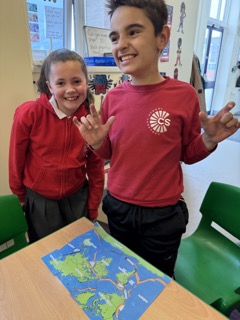
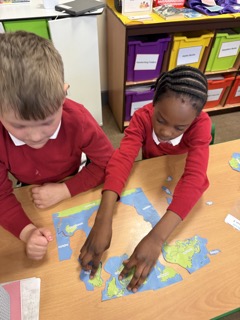

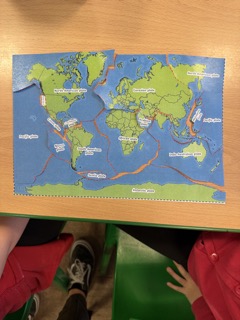
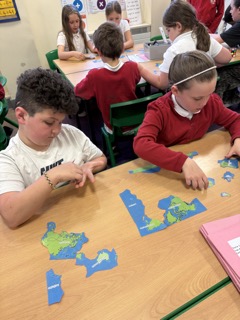
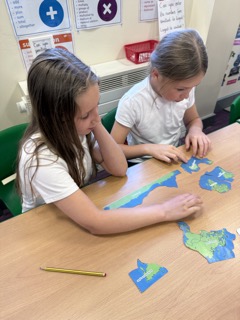

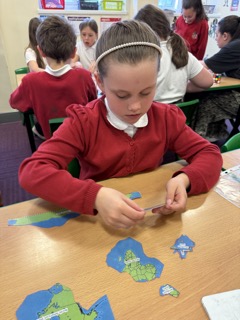

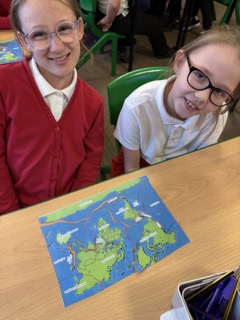
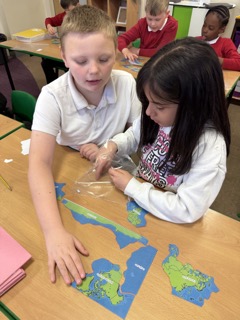
Today, we used soft clay to show the different layers of the earth. We used the different colours to represent the different layers. The yellow represented the inner core, the orange represented the outer core, the red represented the mantle and the blue and green represented the crust. We were amazed when we cut them in half to see the sections.
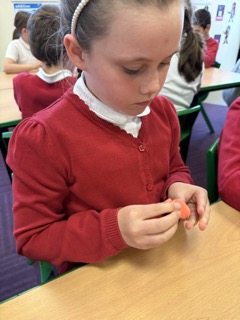
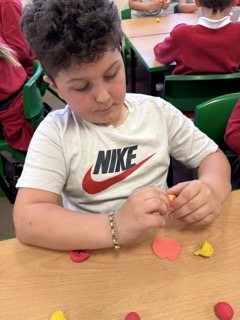

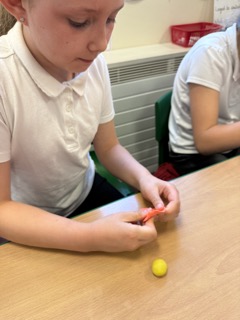
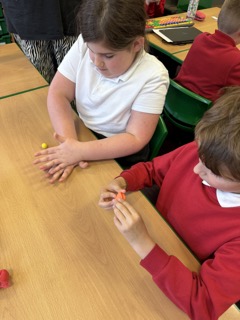
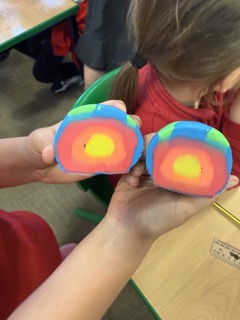
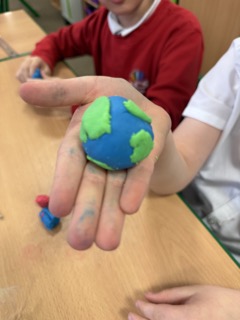
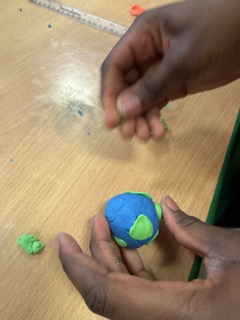

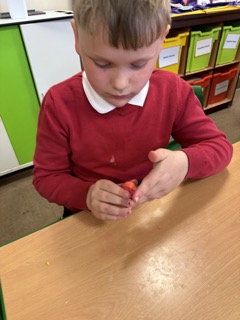
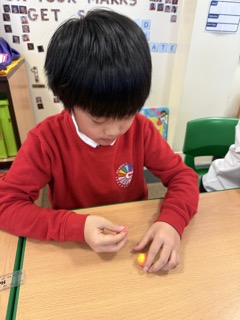
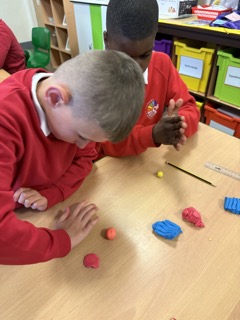
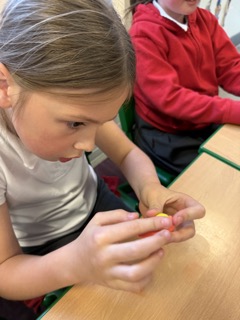
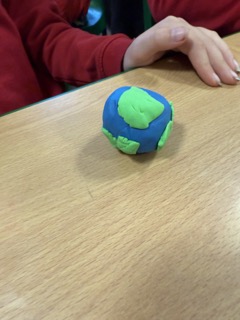
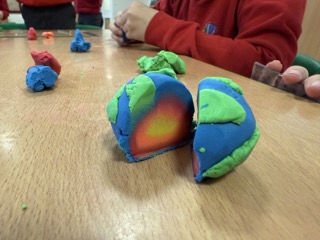
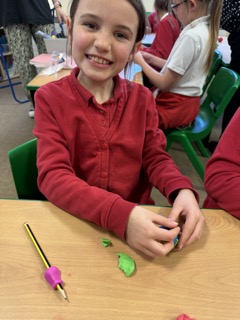

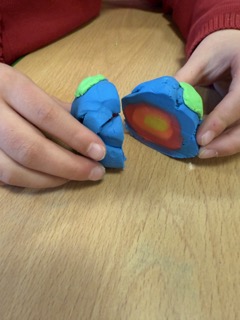
We continued our expeditionary learning by exploring soil and the layer it belongs to. We looked at what makes up soil, the different layers of soil, how it is formed and why it is important. We then tested our knowledge in a matching activity where we worked collaboratively in mini crews. Again our exit ticket allowed us to showcase our knowledge. We wrote a paragraph to describe the layers of soil thinking about what they are made up of and important facts that others should know about each layer. Some great work in Crew MT.
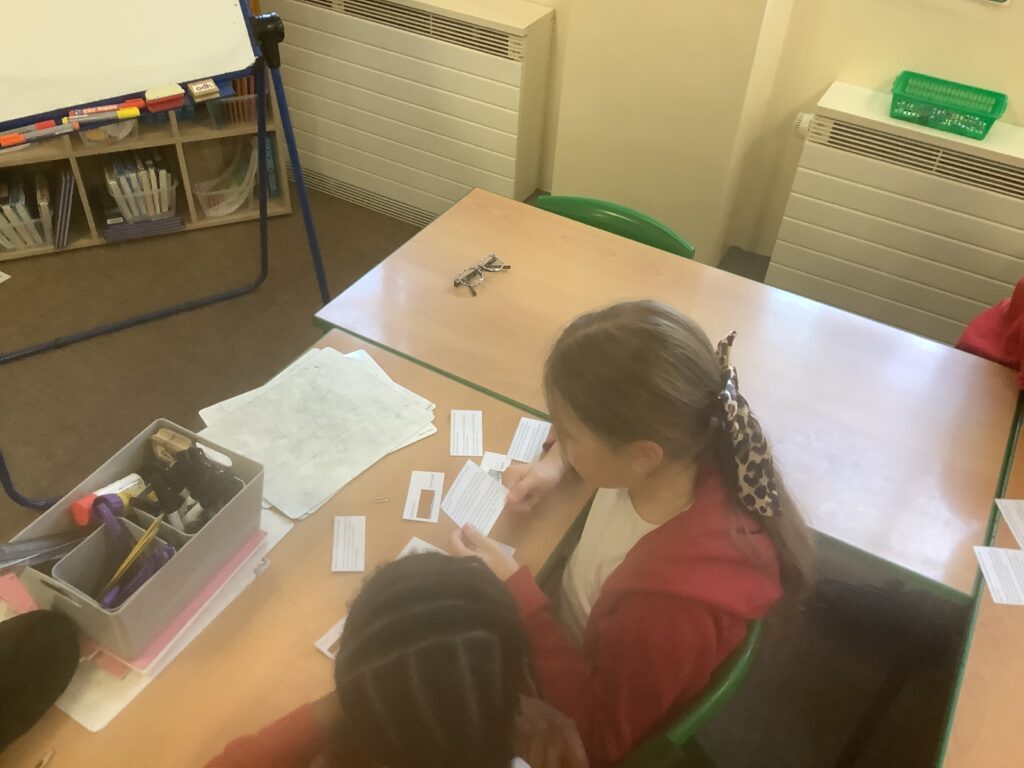
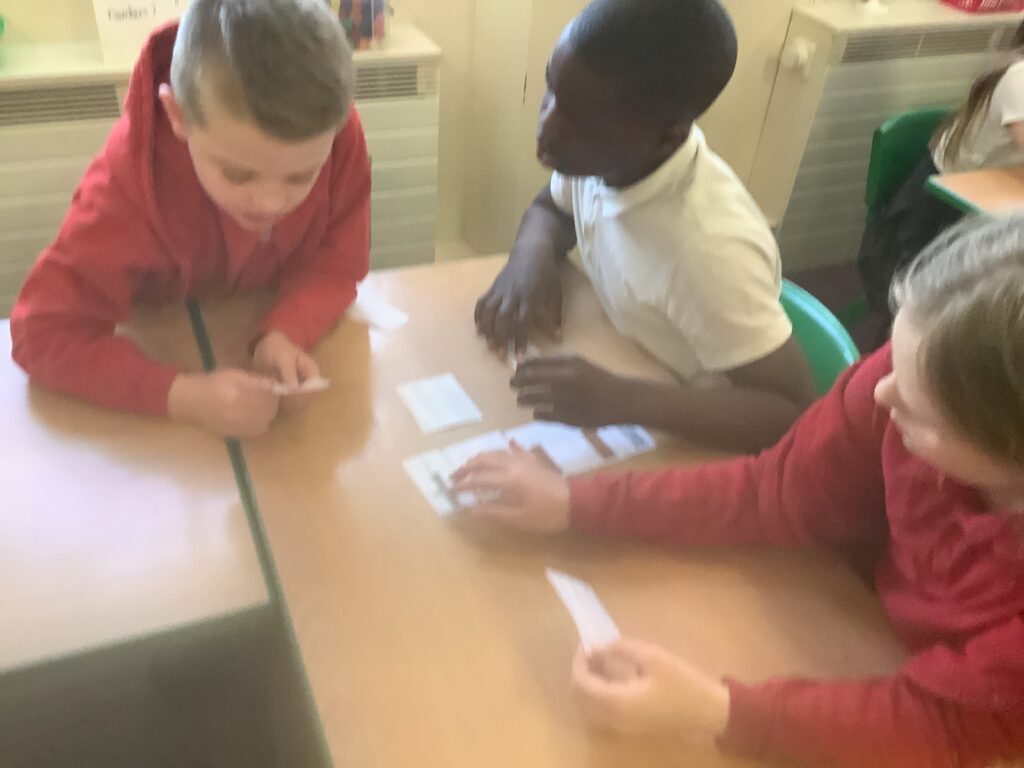

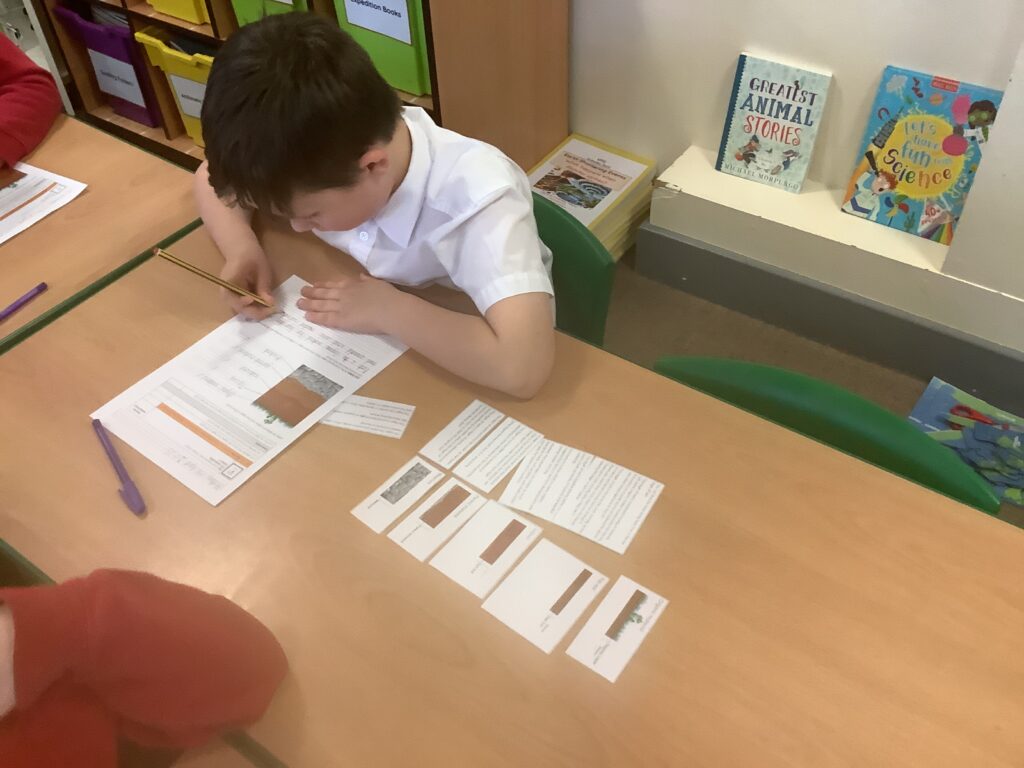
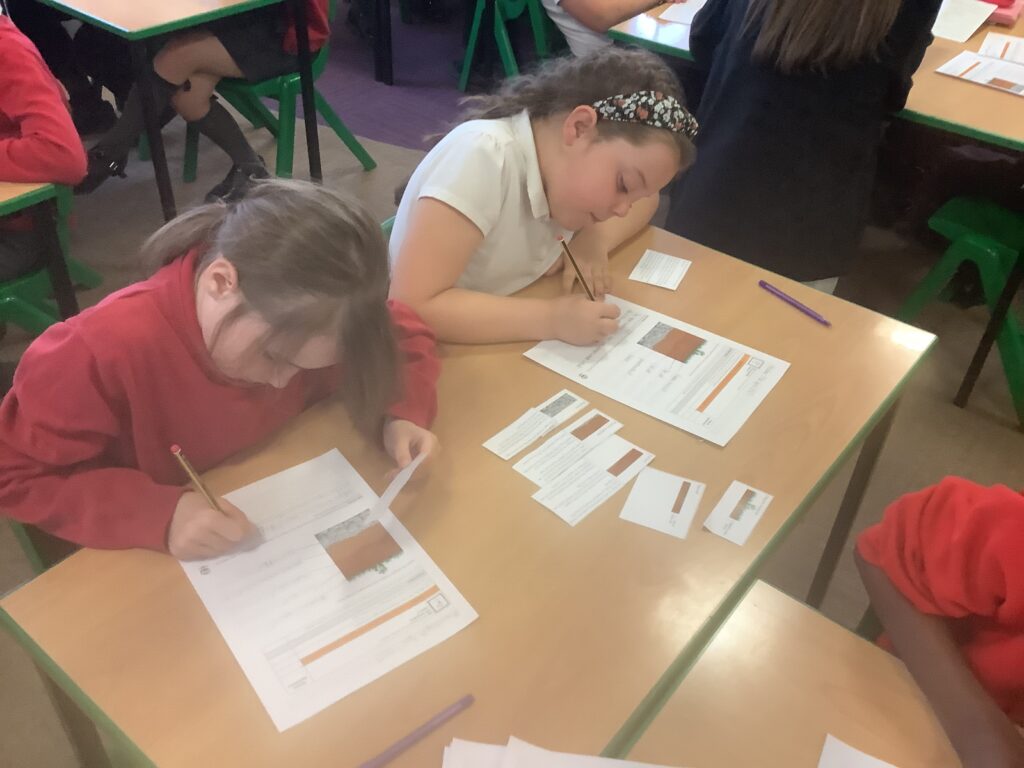
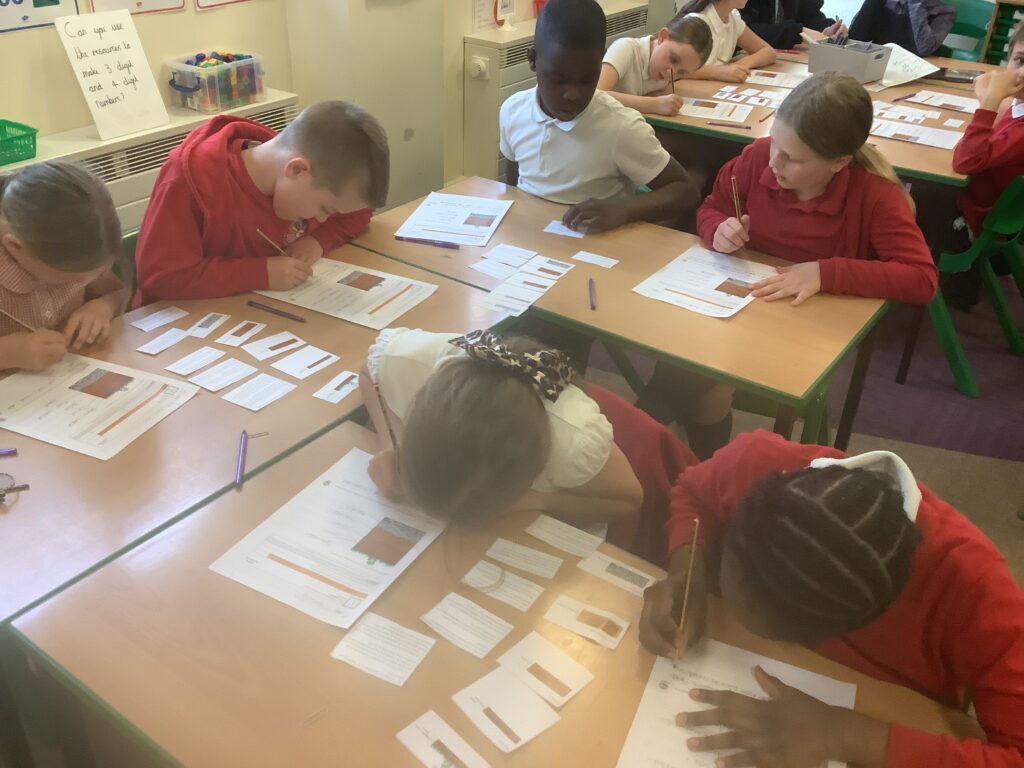
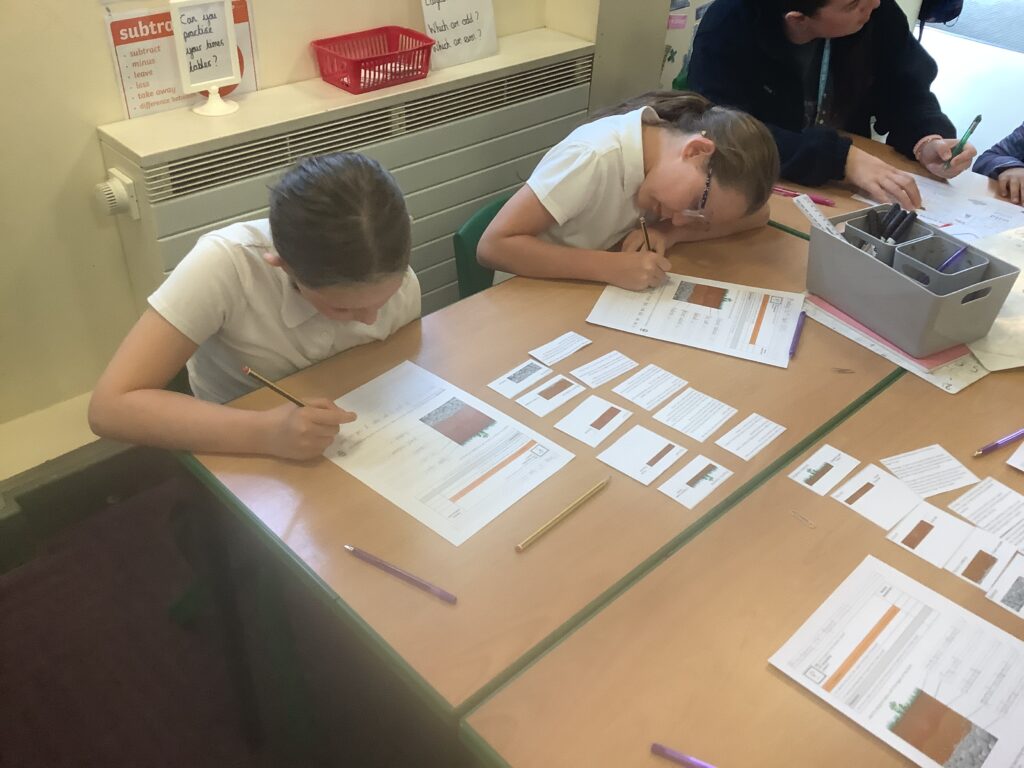
Hook week has began in MT where we have become geographers! Today we have learnt about the composition of the earth and have loved every minute! We explored new vocabulary including the crust, the mantle, the outer core and the inner core. There was lots of great reading opportunities in todays lesson where we explored the different layers. We played fastest finger first which we all enjoyed. We then applied our knowledge to our exit ticket creating a paragraph of writing to explain all of the layers of the earth.

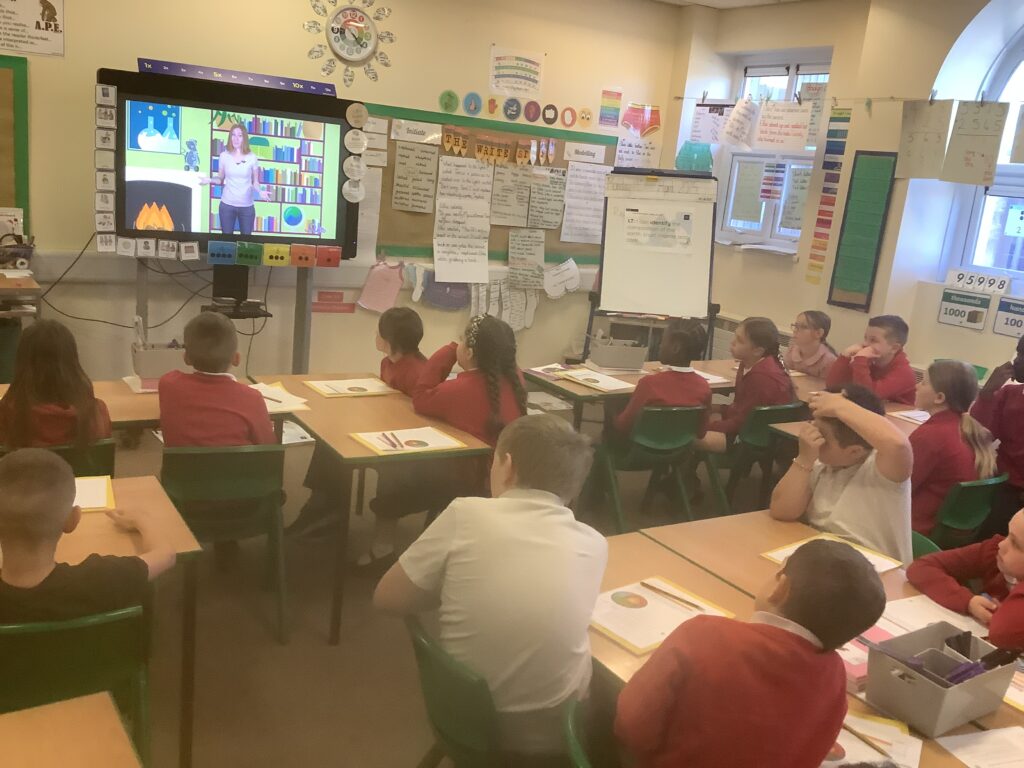
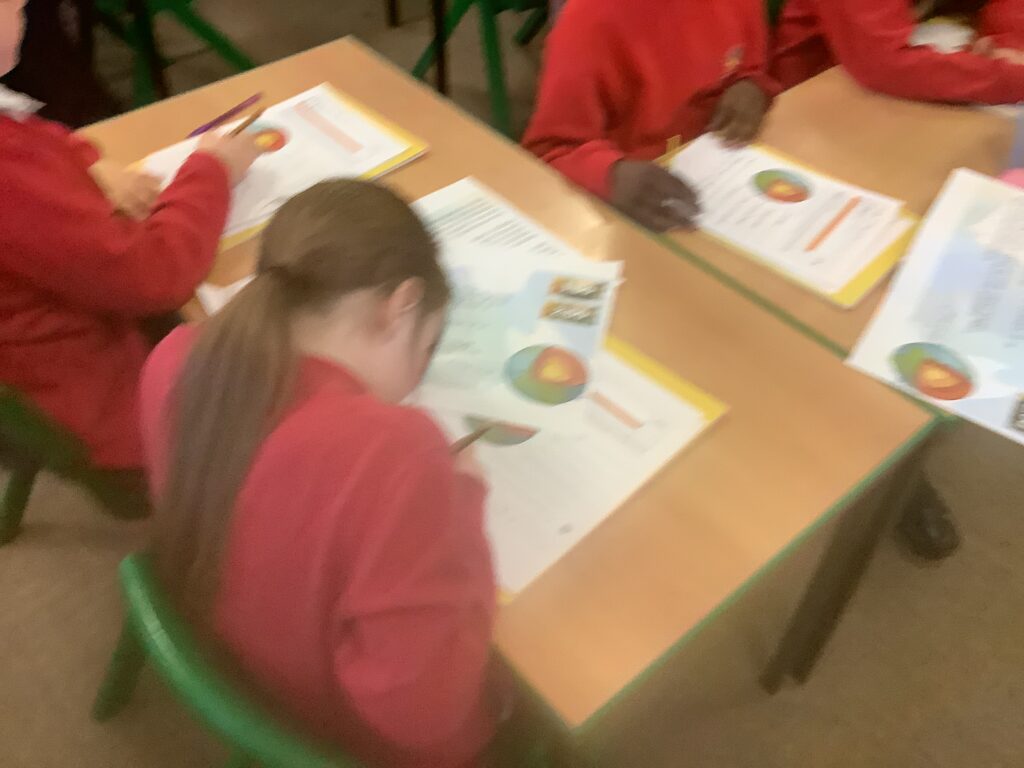
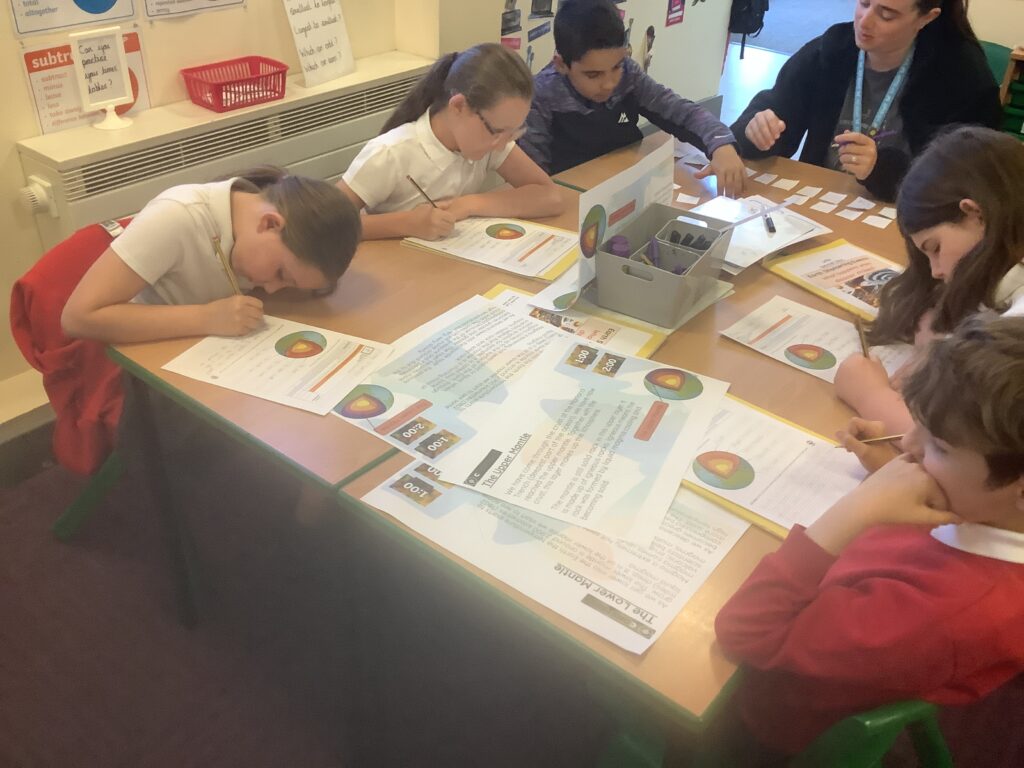
To hook into our new expedition we used our map reading skills to complete a task around the school grounds. At each checkpoint there was a word which together formed a sentence. This sentences was a clue about our new Summer Term expedition.
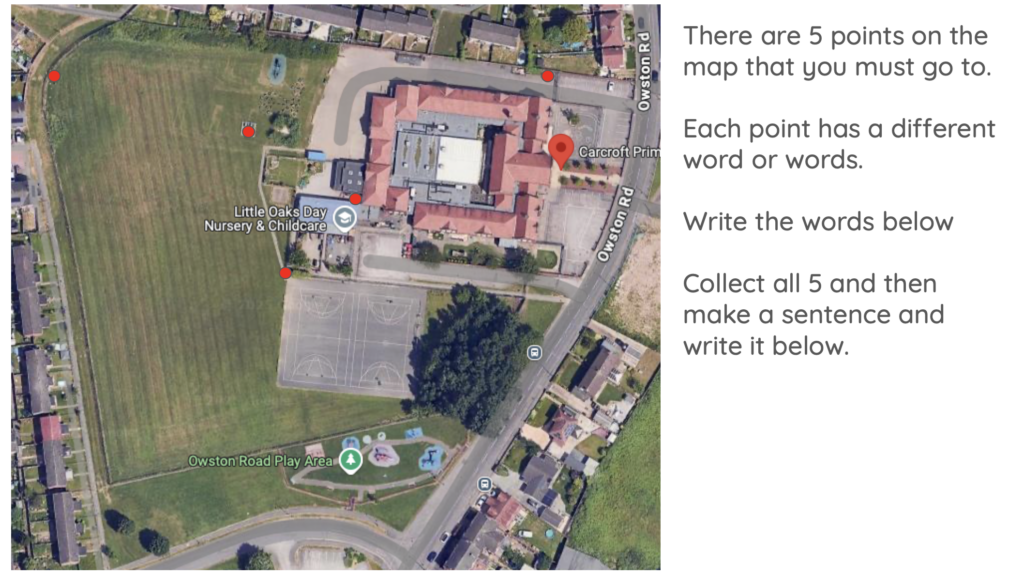

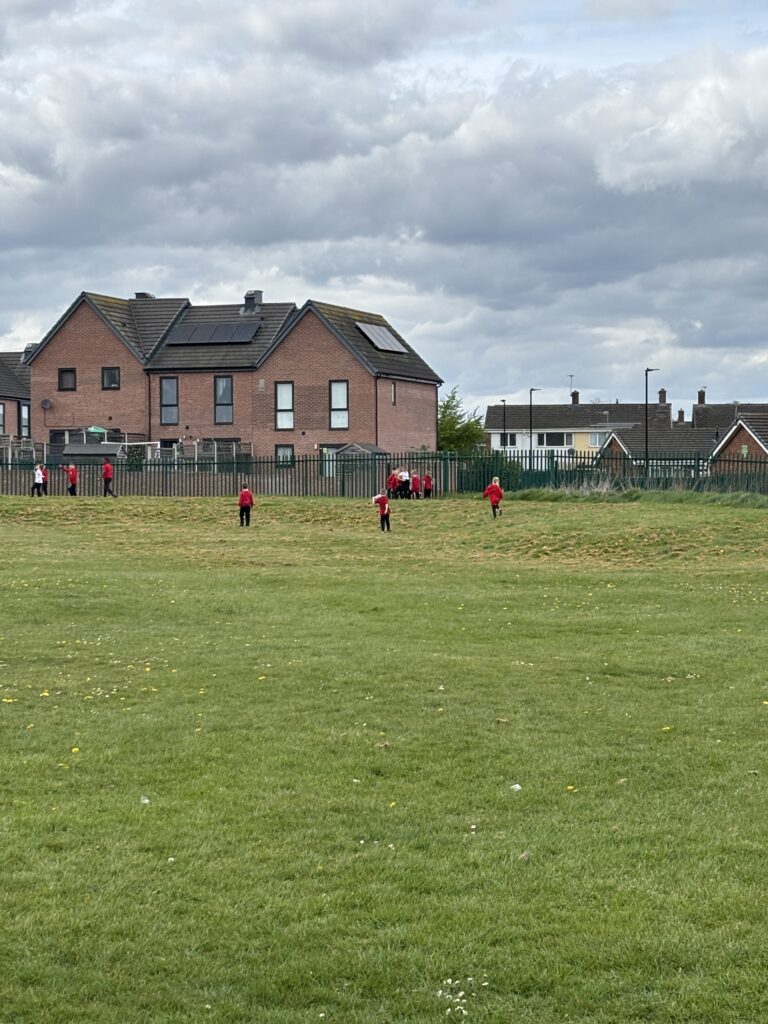
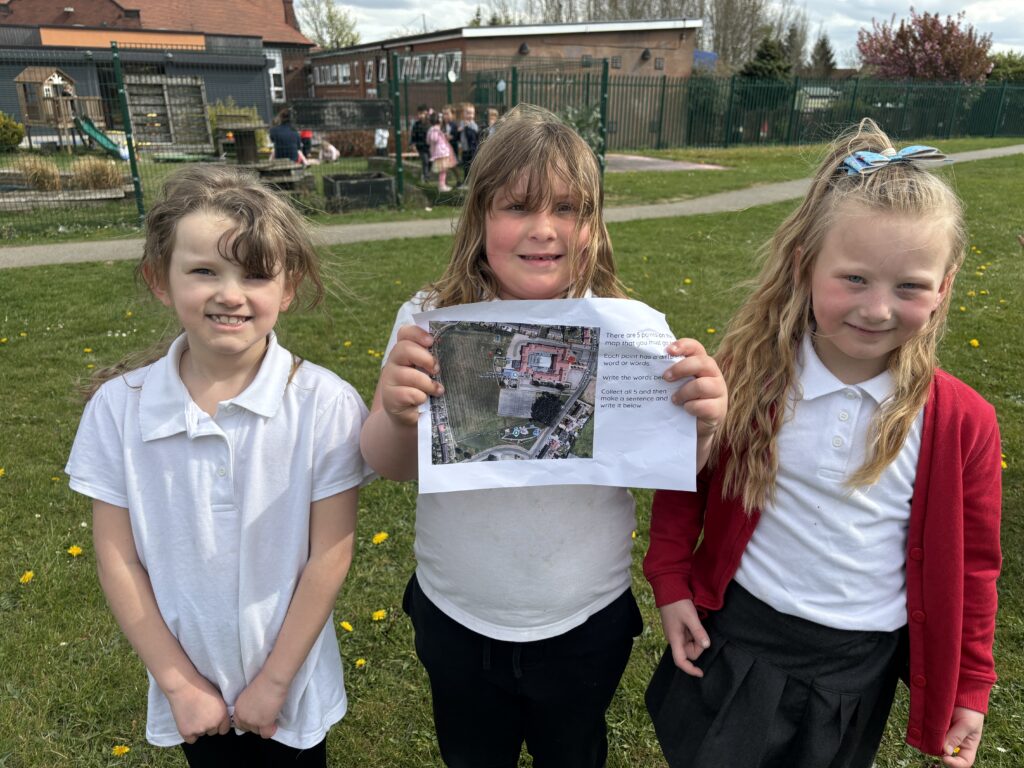
Huge shoutout to Penelope, Aaliyah and Lily-Marie who were the first group to unscramble the sentence. Great work girls!
Today, we introduced our Case Study 2 text – Commotion in the Ocean! We made our predictions and talked about what we could see on the front cover, before reading the story and learning all about the different animals that live in the ocean. Once we had read the story, we thought about some of the different creatures and animals we had seen and wether we would find them at the seaside in England, or if they live in the oceans around the world.

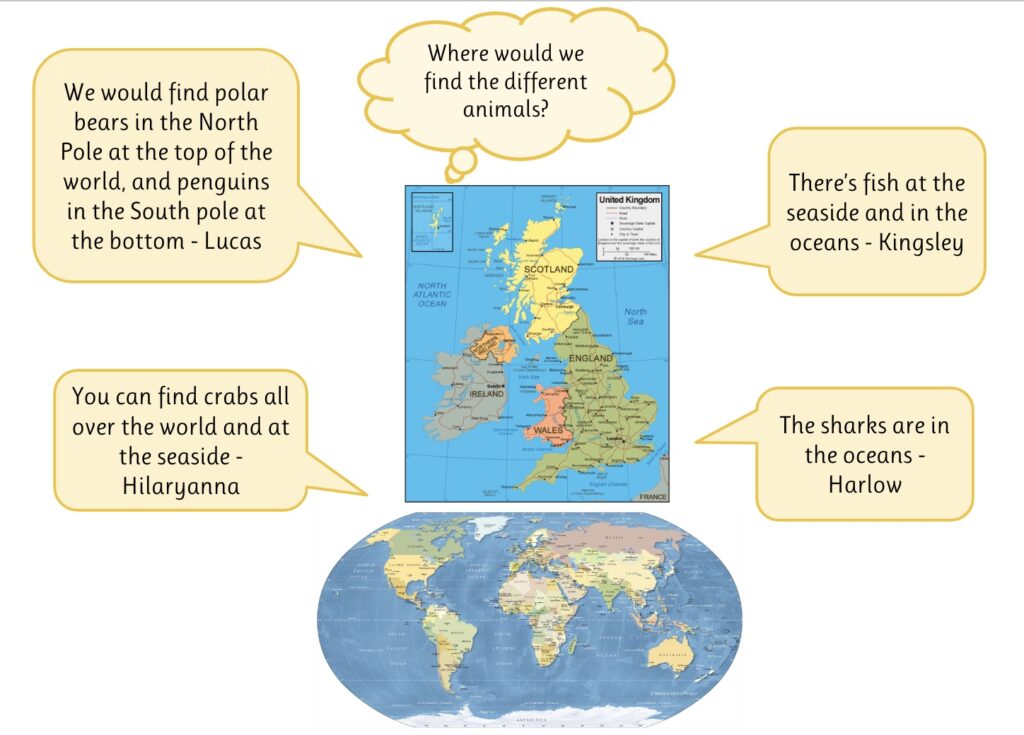
This week in Crew MW, we have hooked in to Case Study 2 – How can we help to save the ocean? We started off by looking at our tuff tray that had been split in half. We looked carefully at the tray and decided that half must be ocean and half was a rock pool! Once we had worked this out, we looked at some books about the ocean and rock pools, and talked about which creatures and animals lived in each habitat. We loved talking about which animal we had and where we thought they would live.



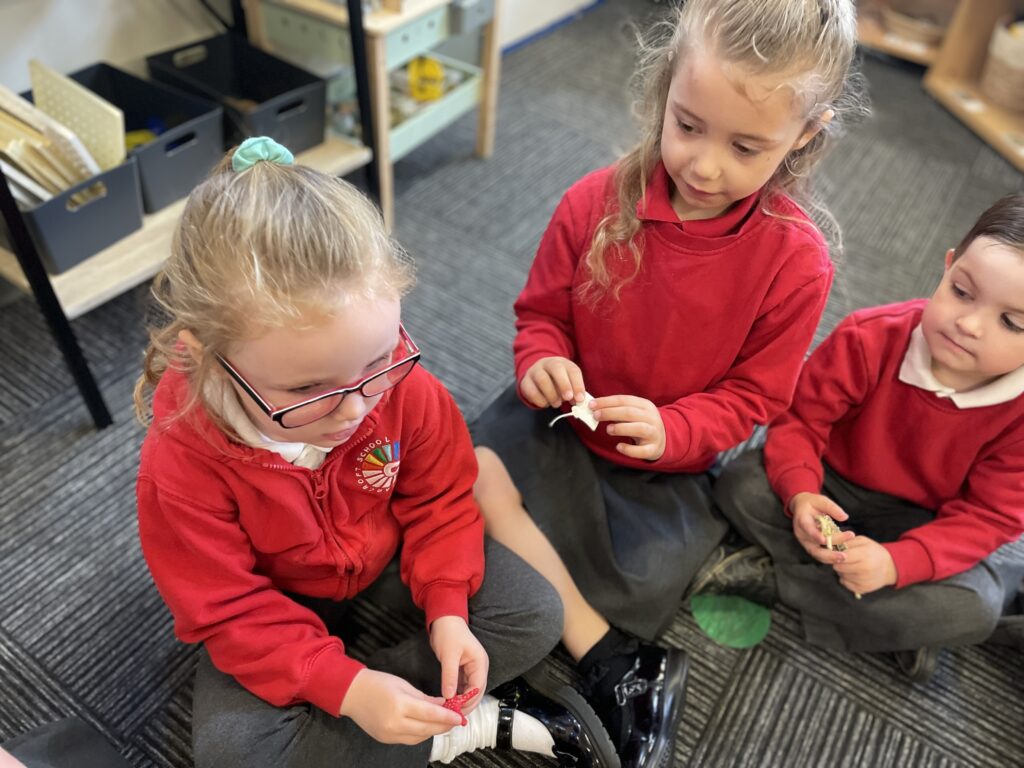
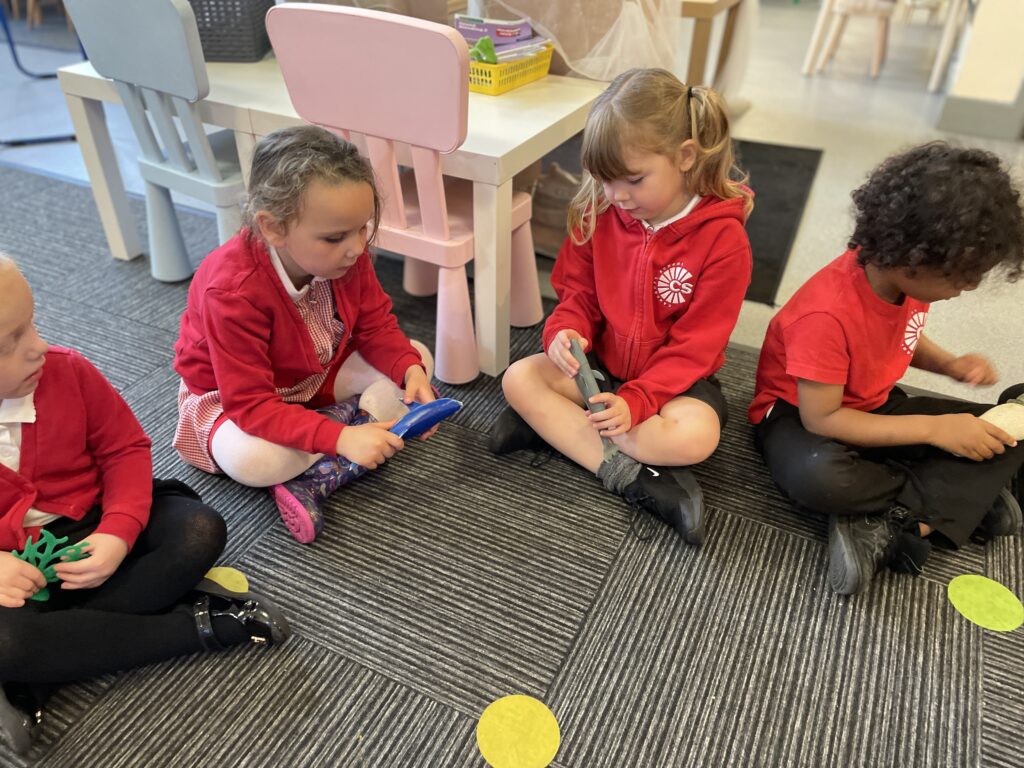
Crew MW had a wonderful day on Monday! We got on a coach and went to visit Cleethorpes! As part of our expedition learning, we wanted to experience the seaside and the difference between Carcroft and Cleethorpes. We spent the day playing in the sand, building sand castles, paddling, playing with the parachute and talking about what we could see. It was so lovely to see so many happy, excited faces as we explored! We can’t wait to do our writing about what we saw.
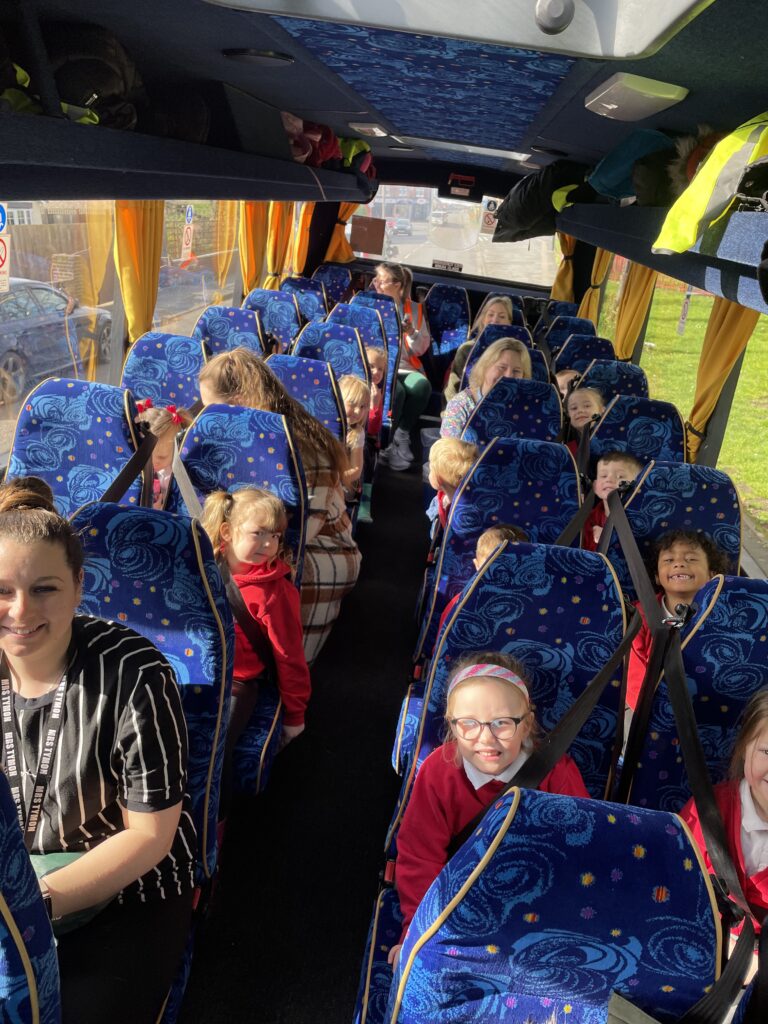
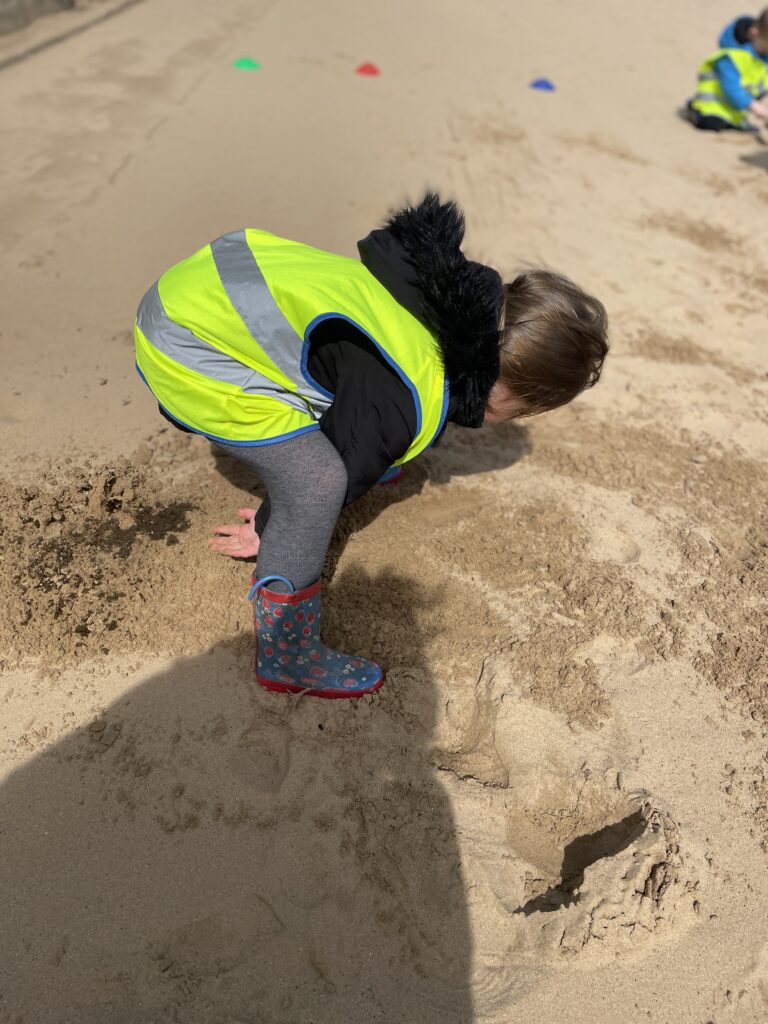

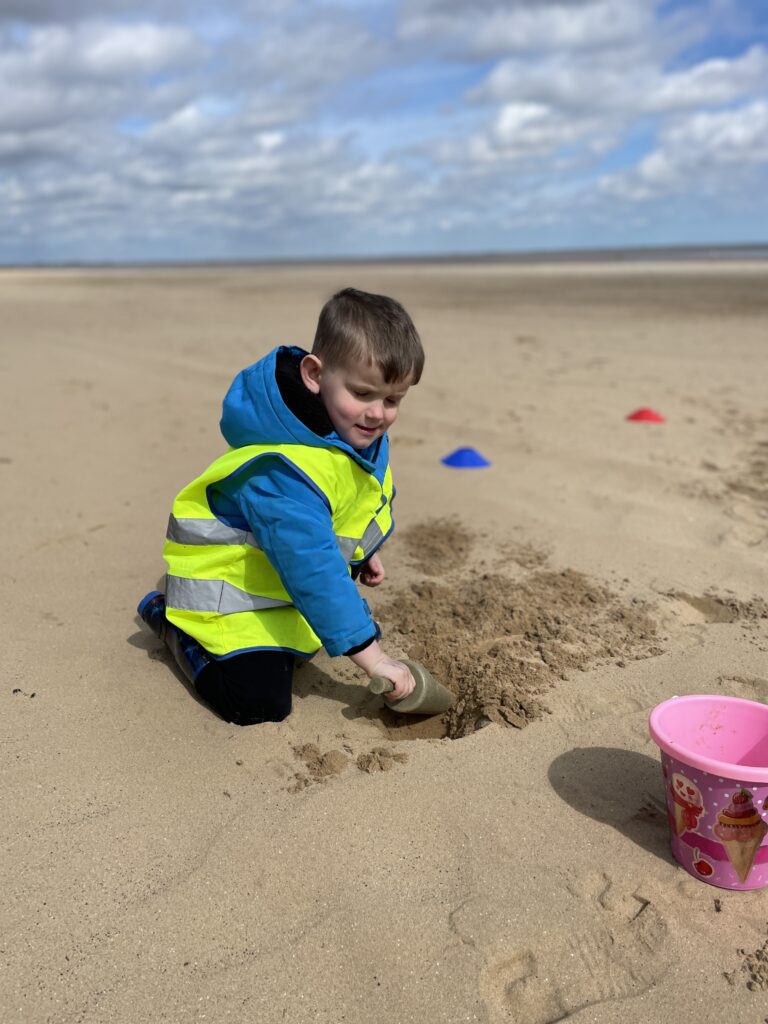

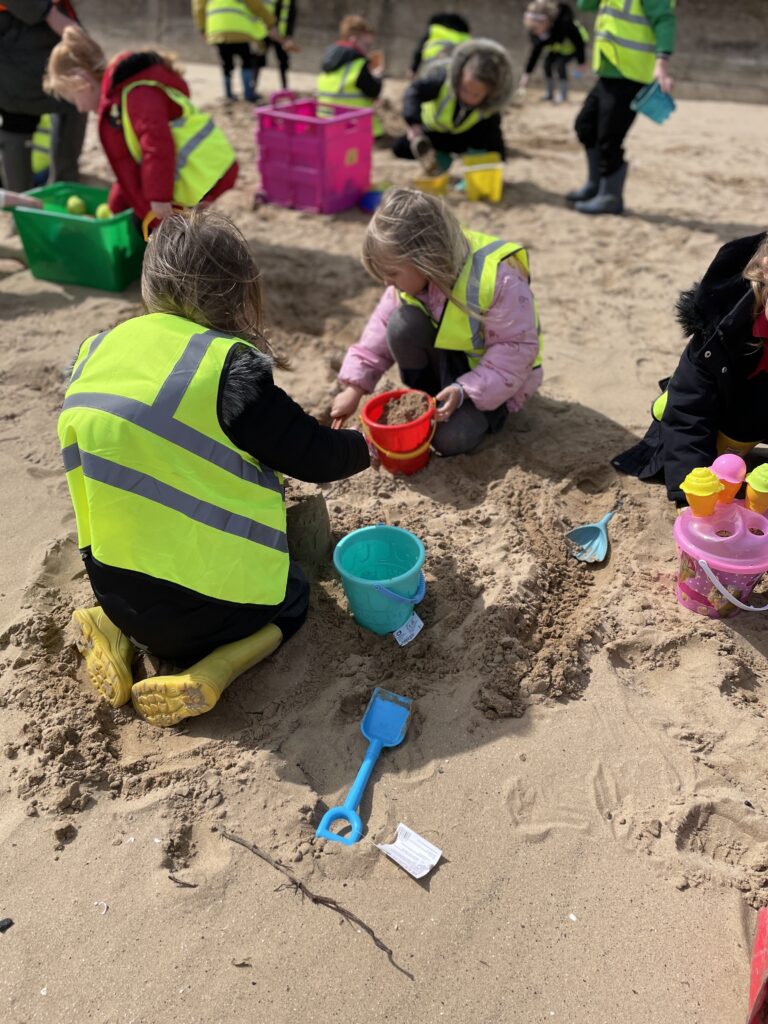
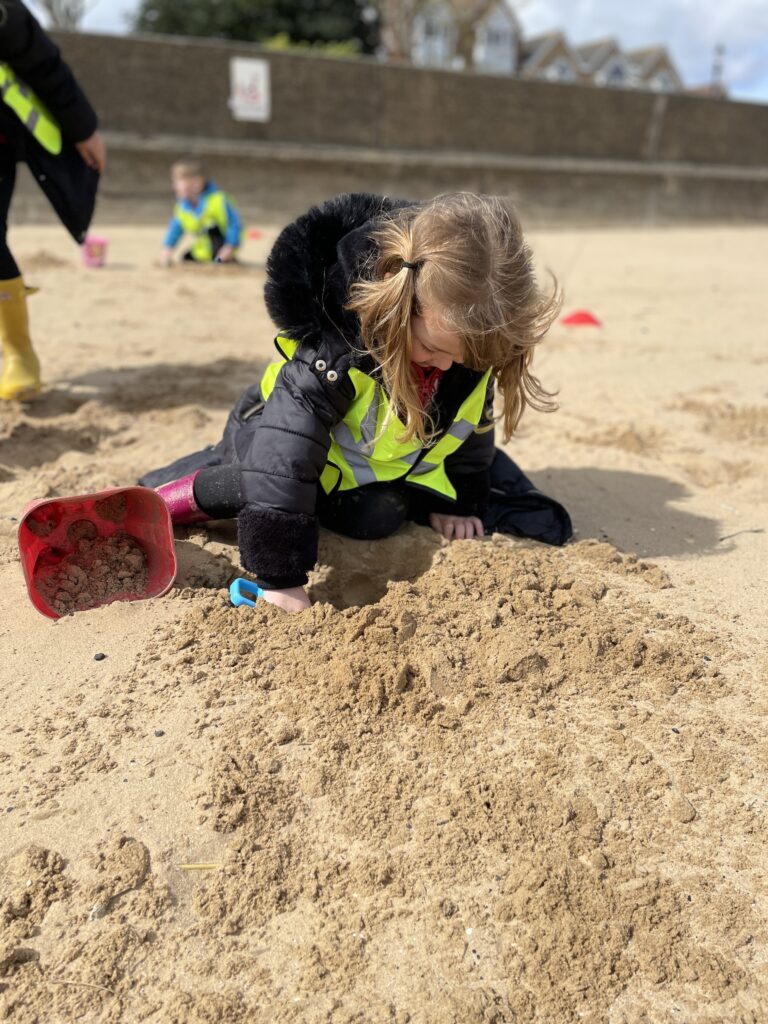
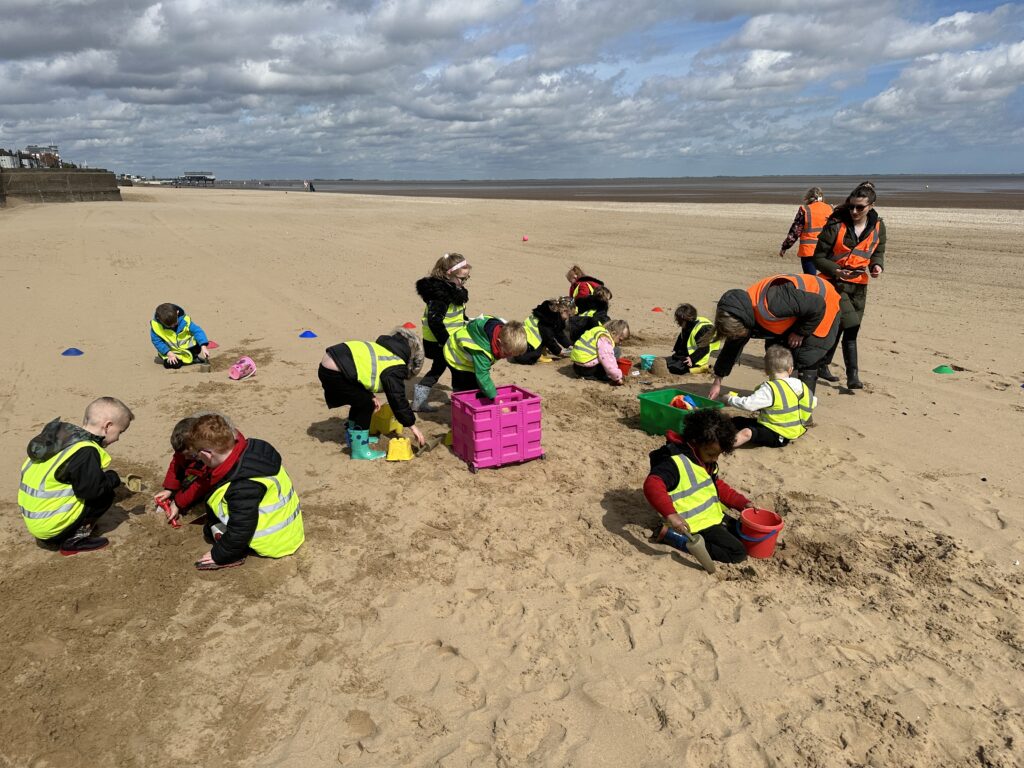

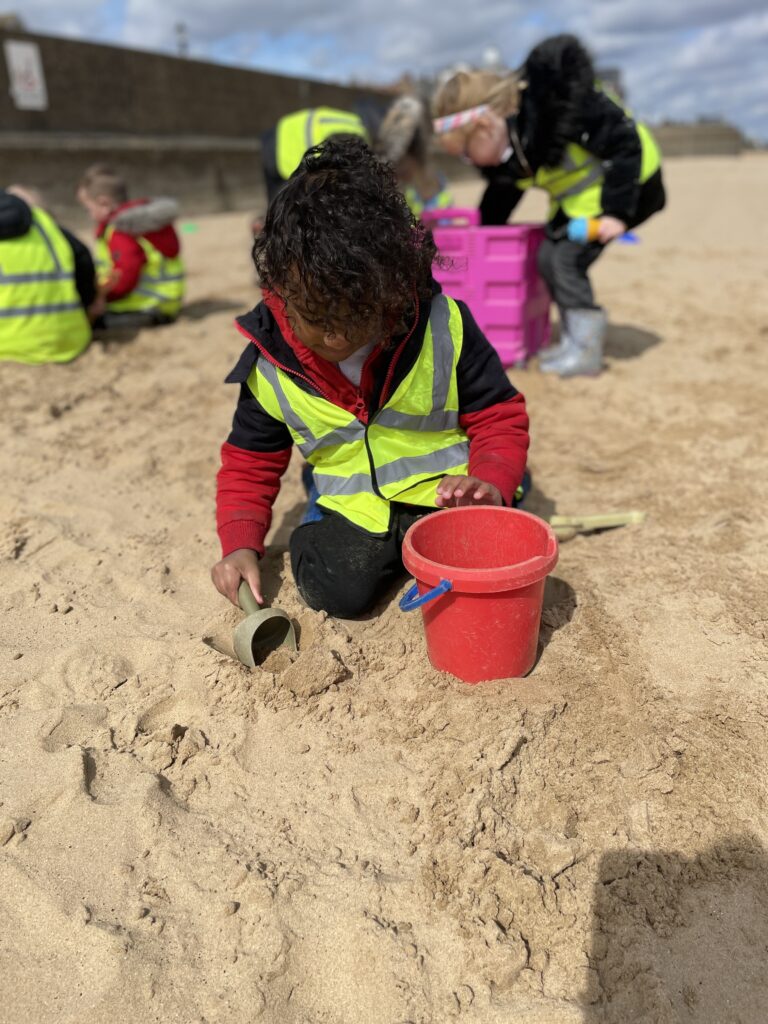

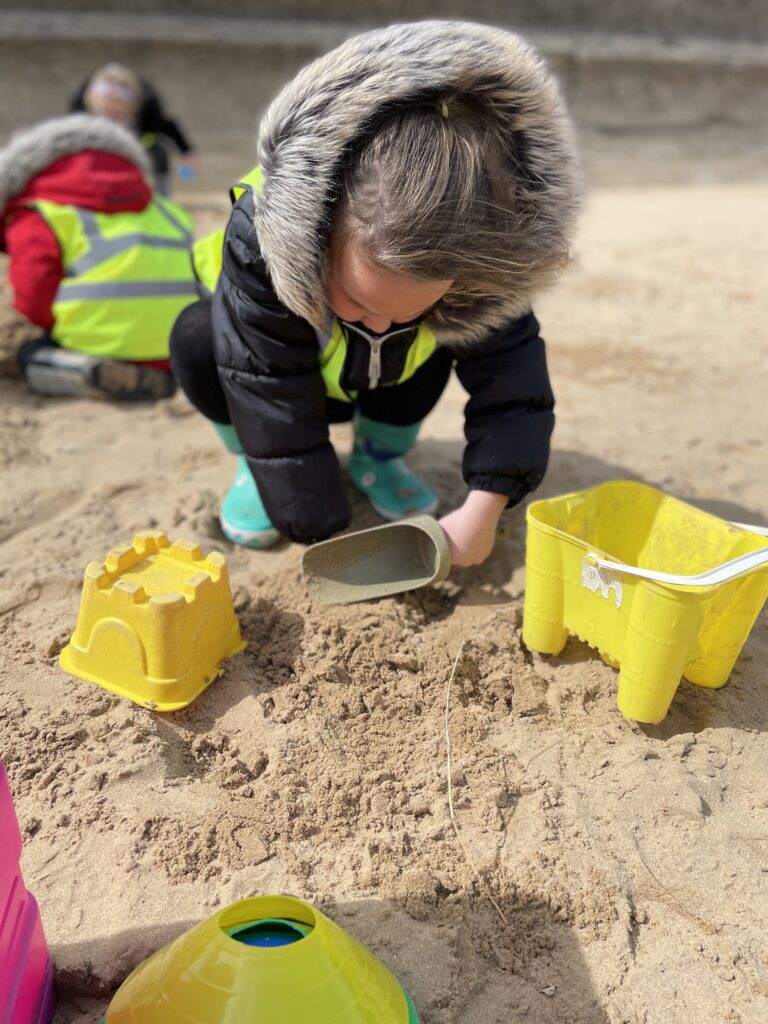
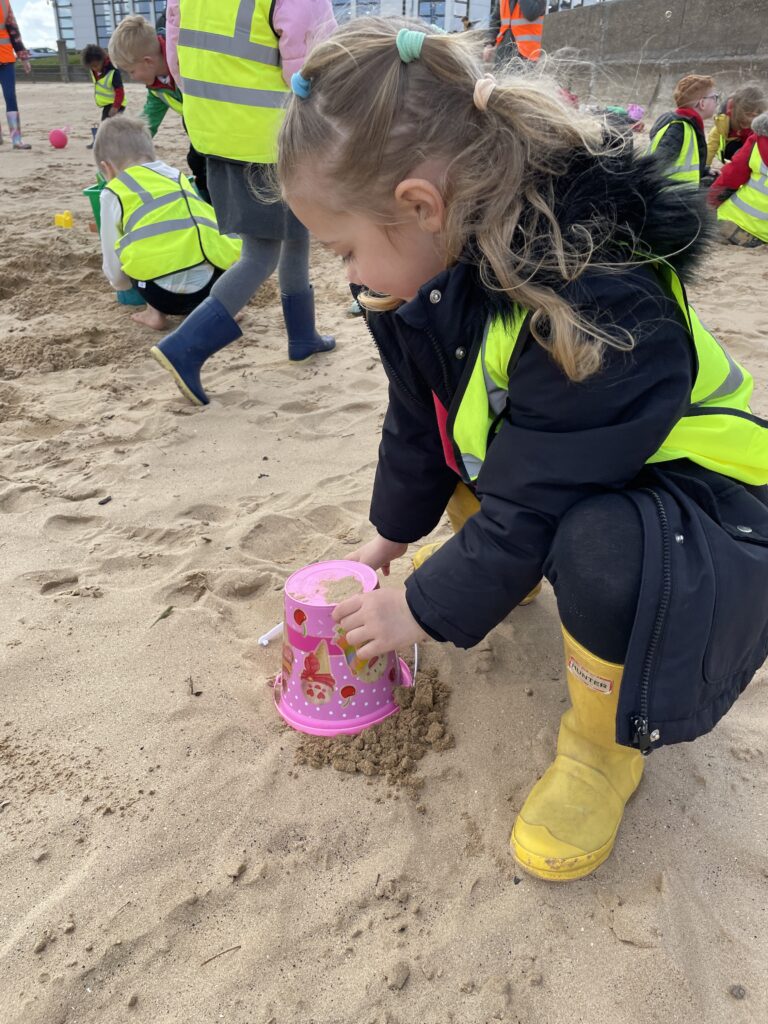

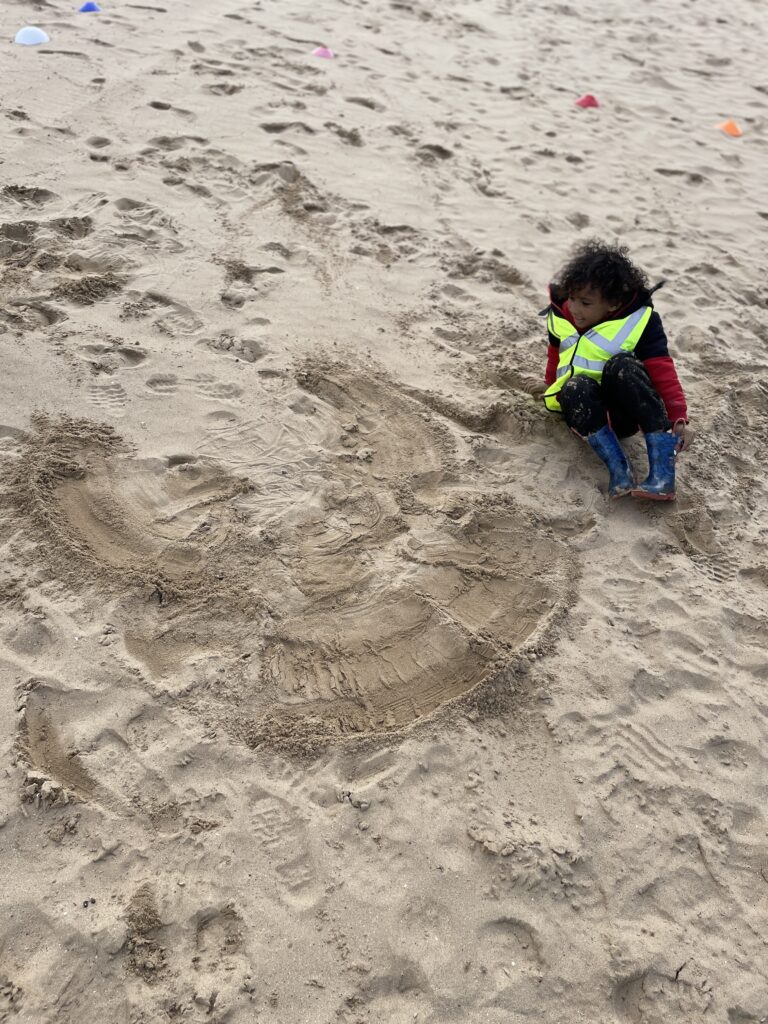
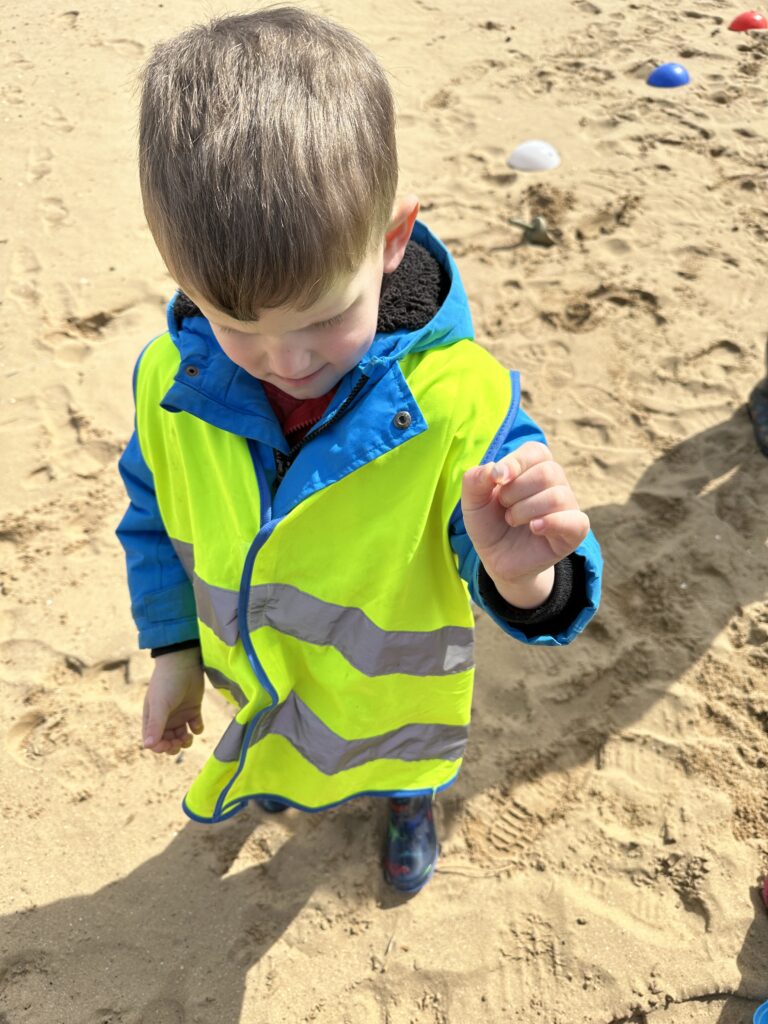

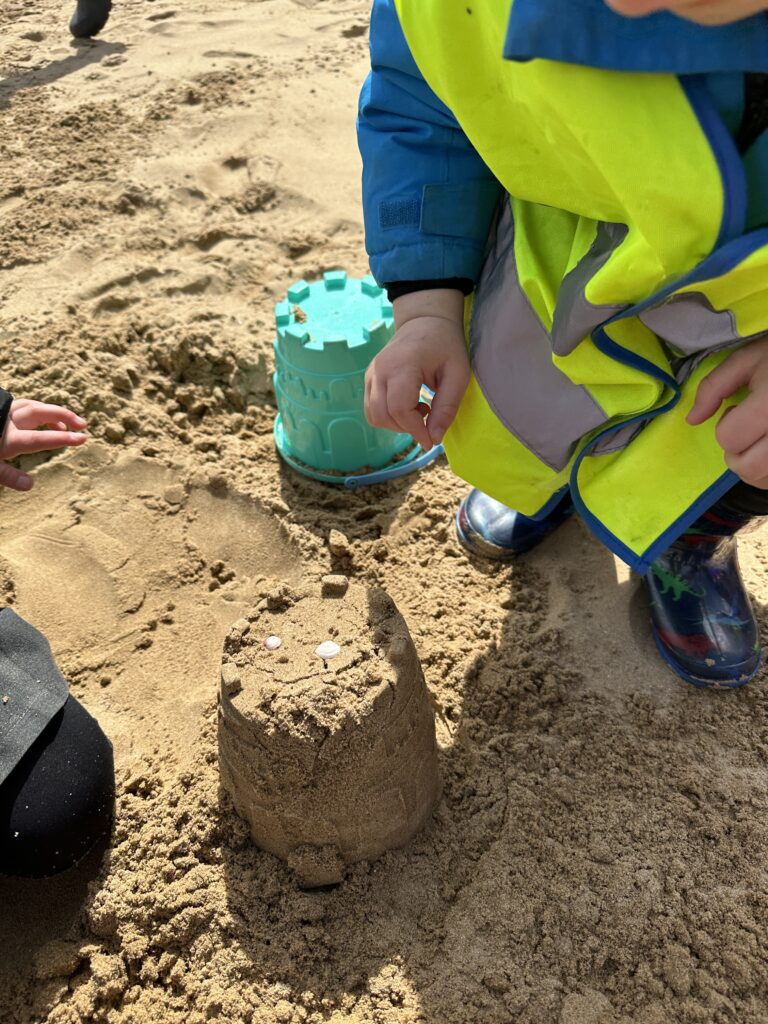
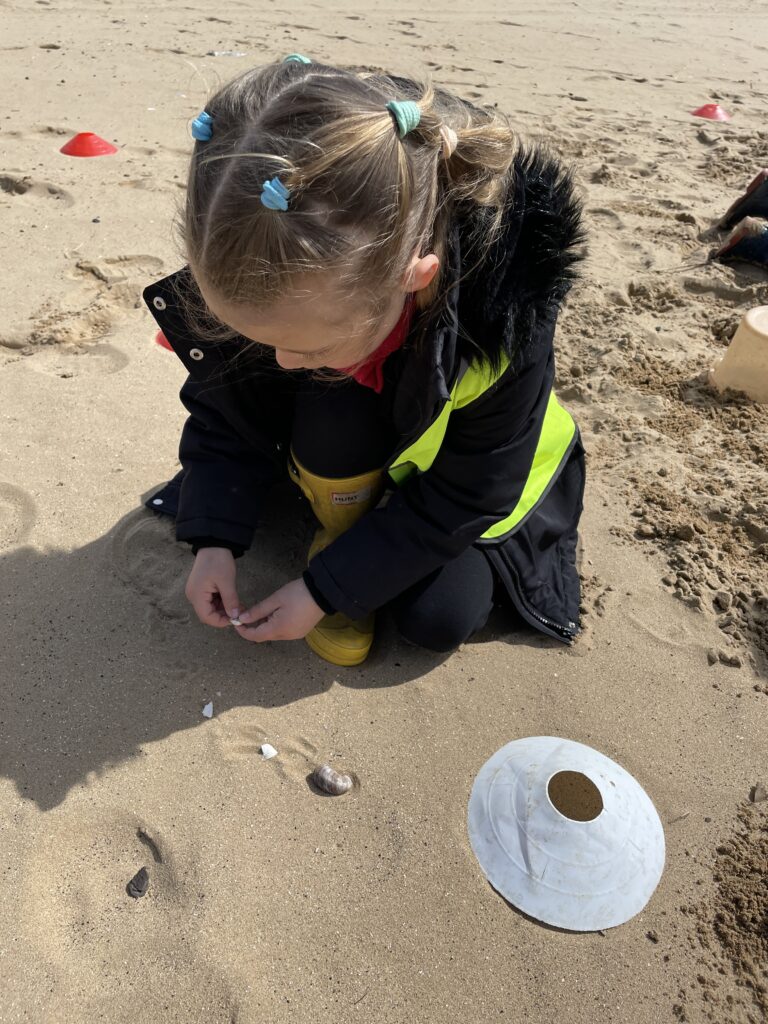

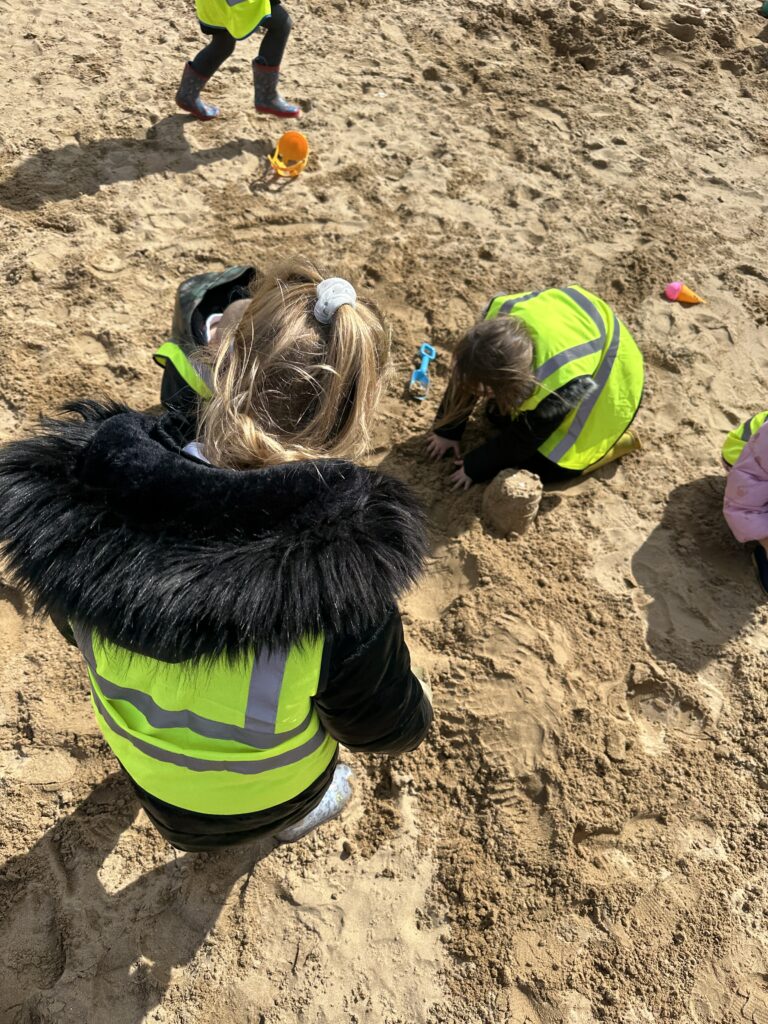
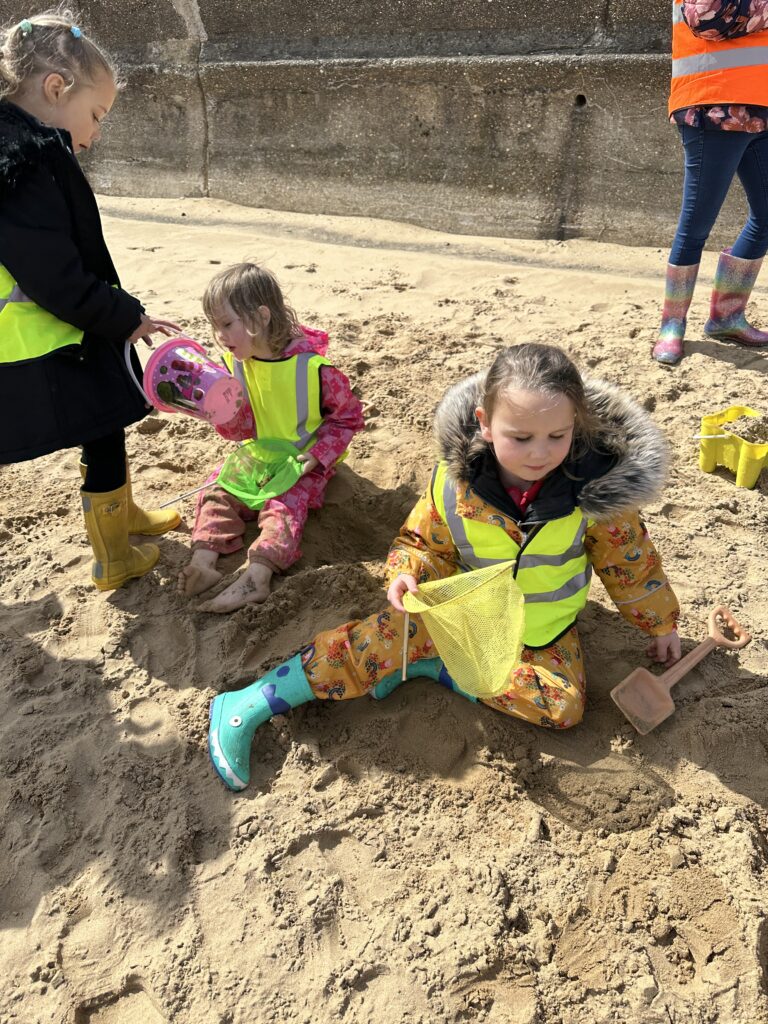
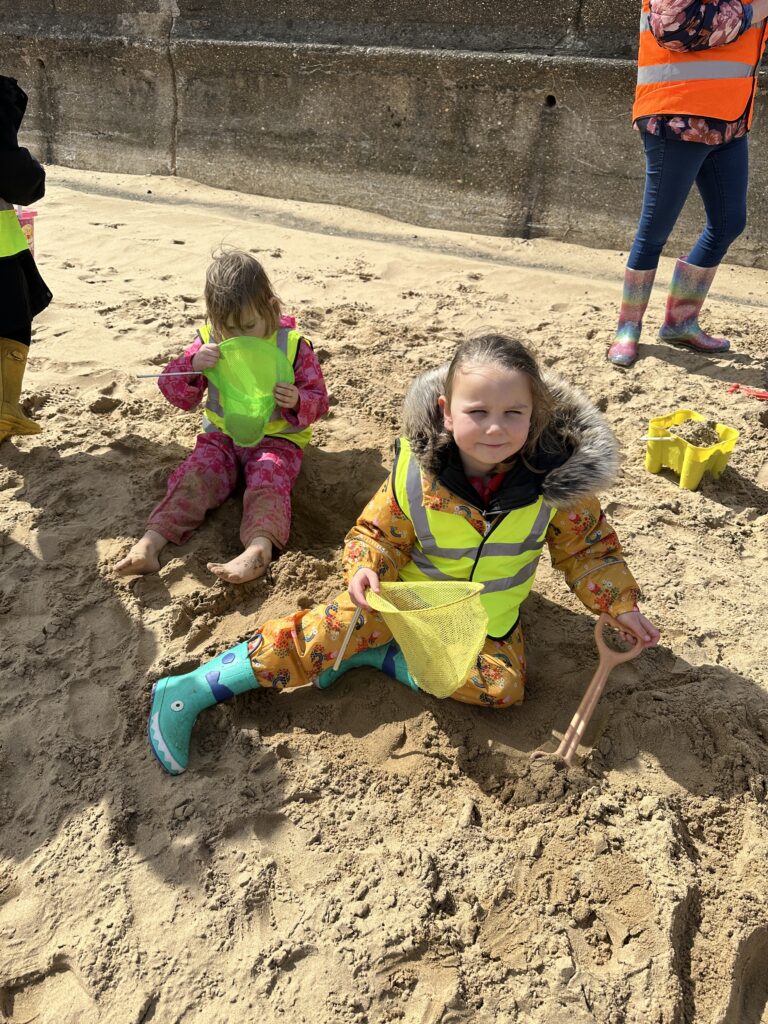
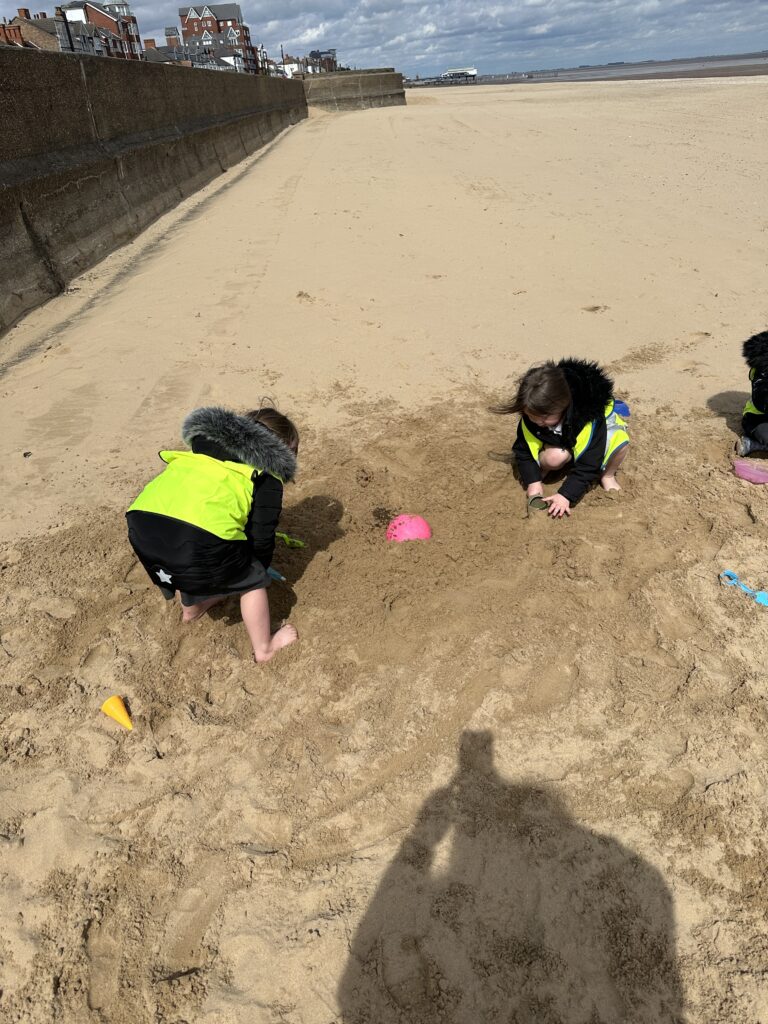

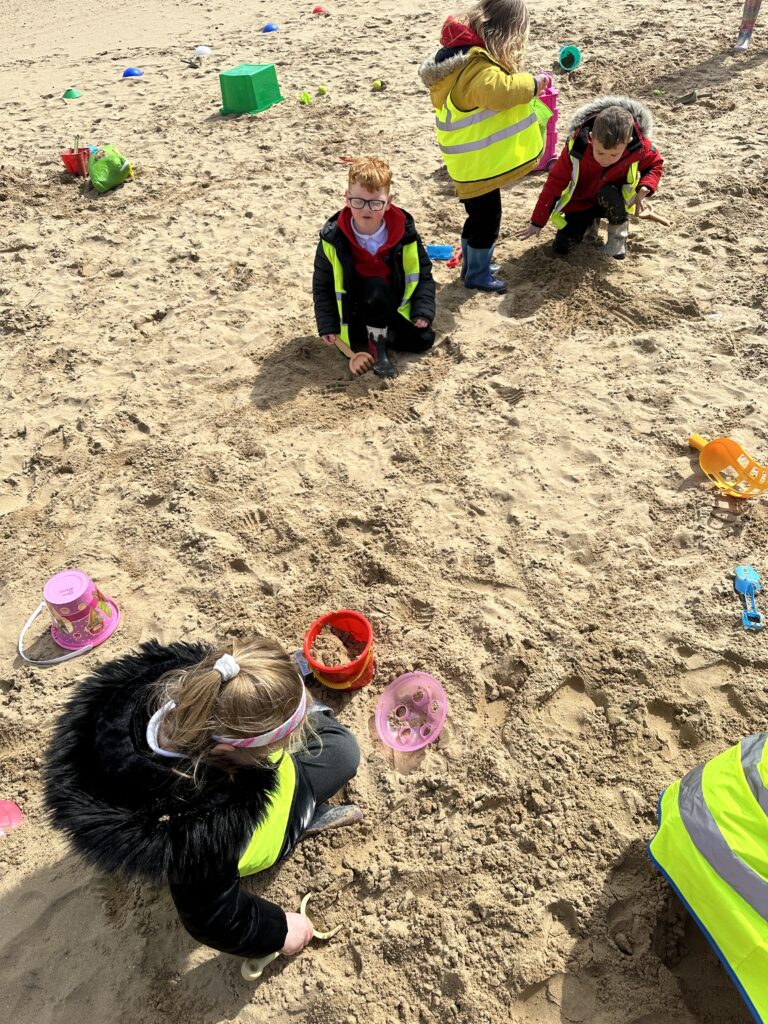
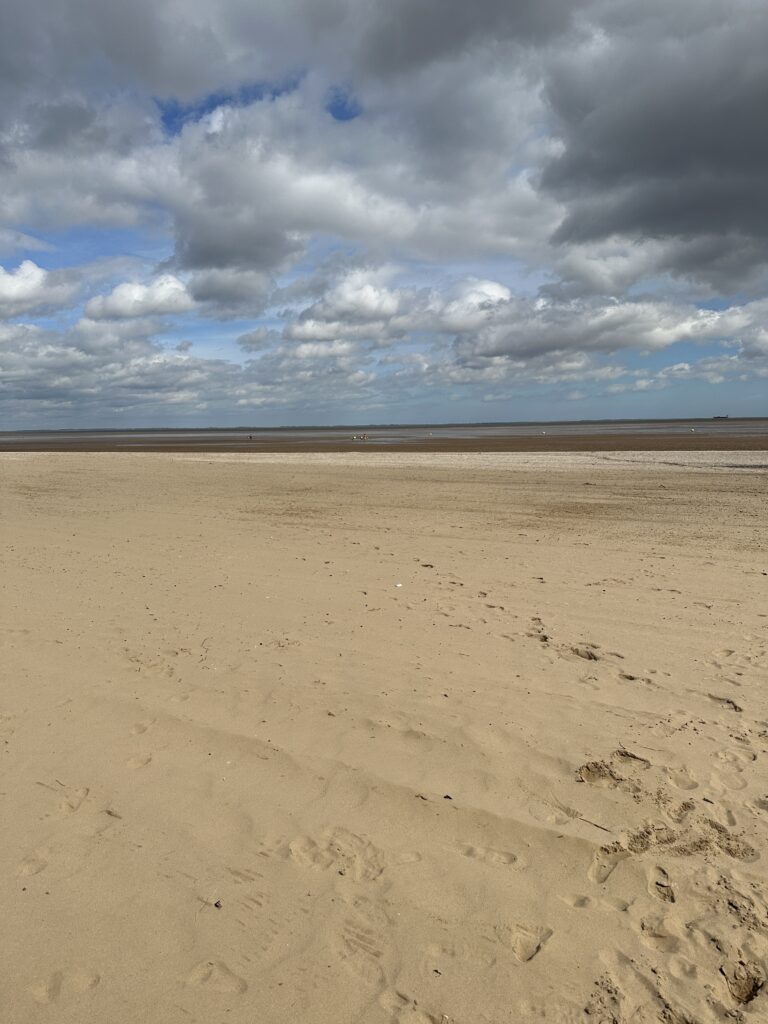
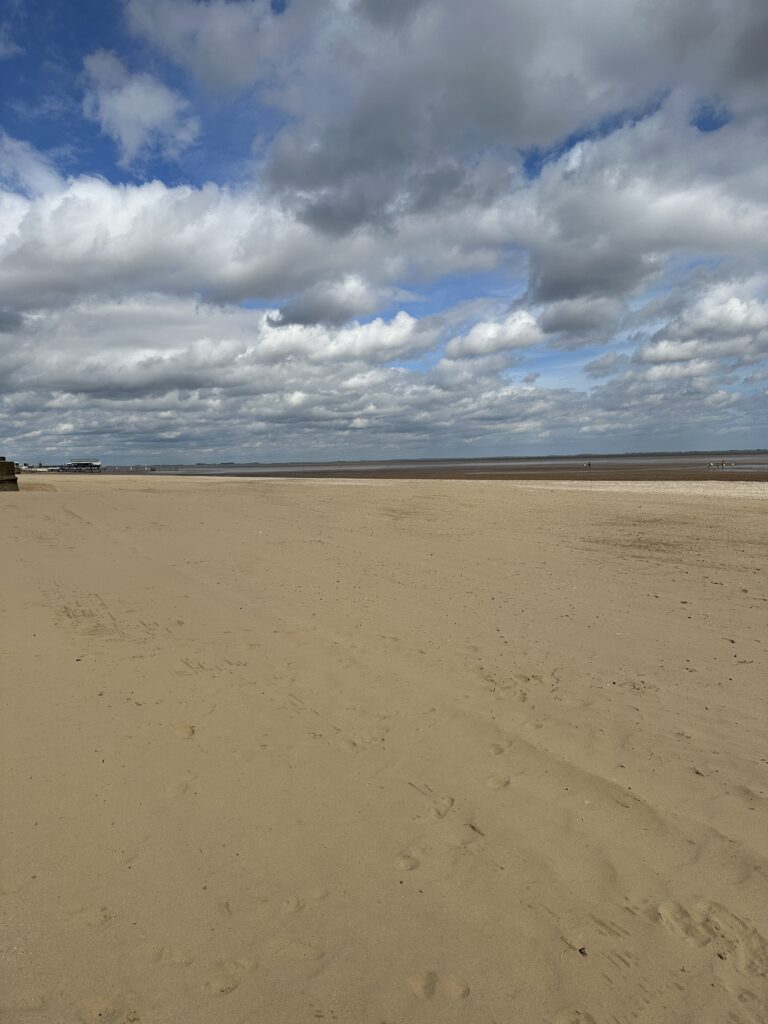
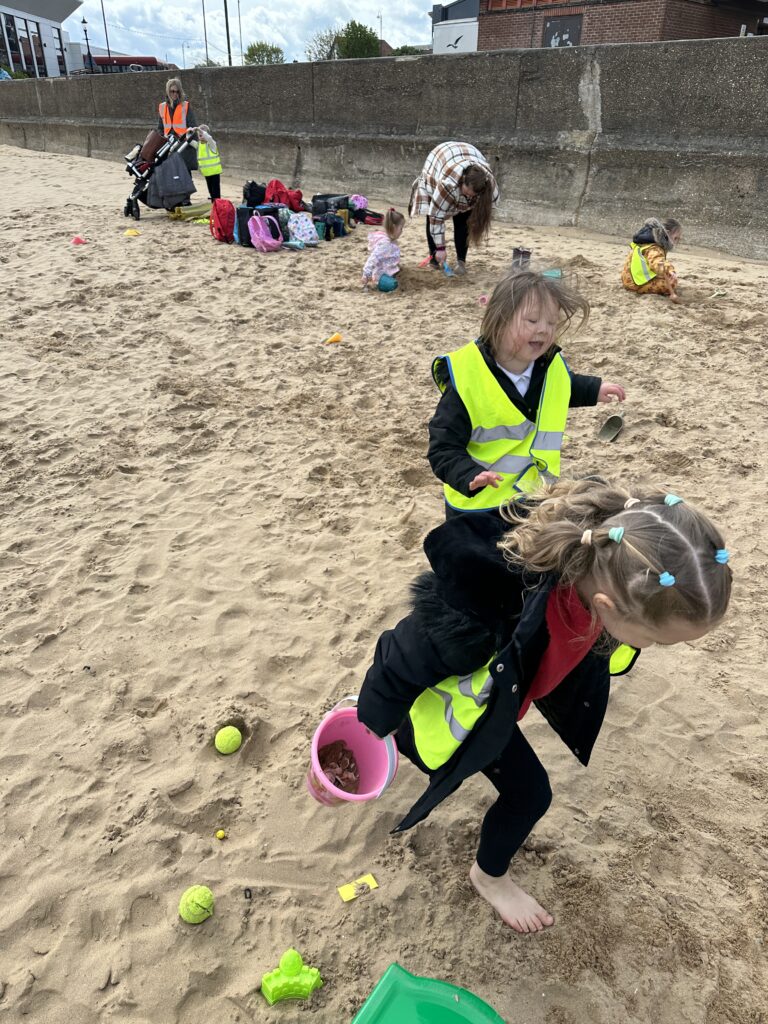

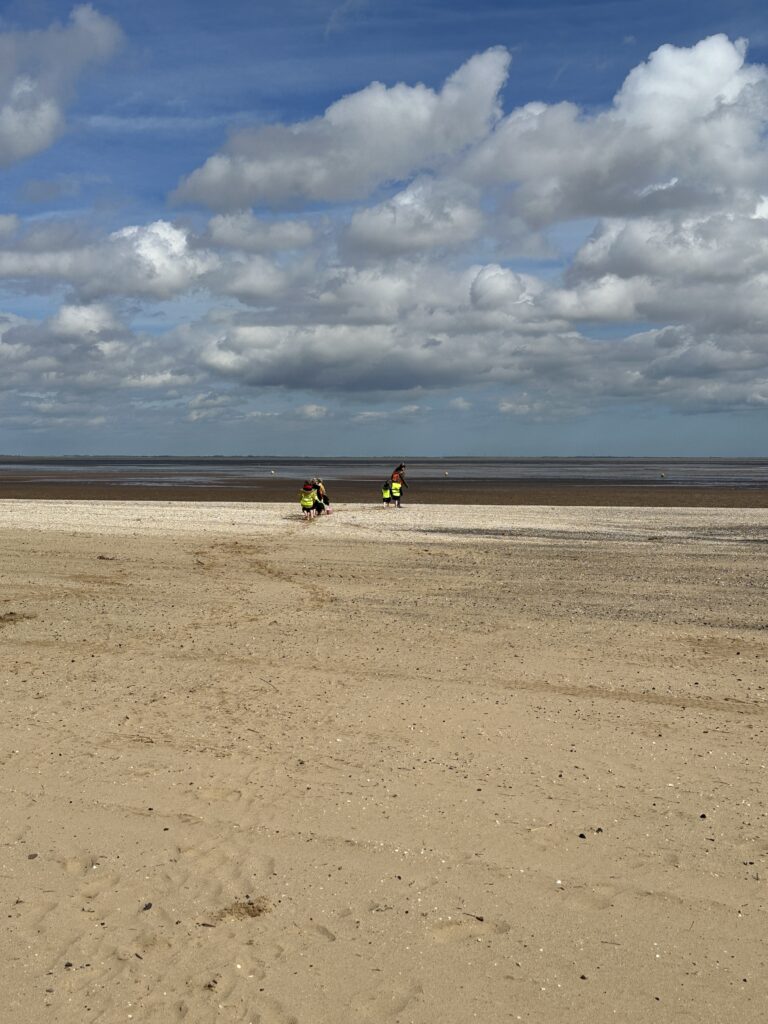
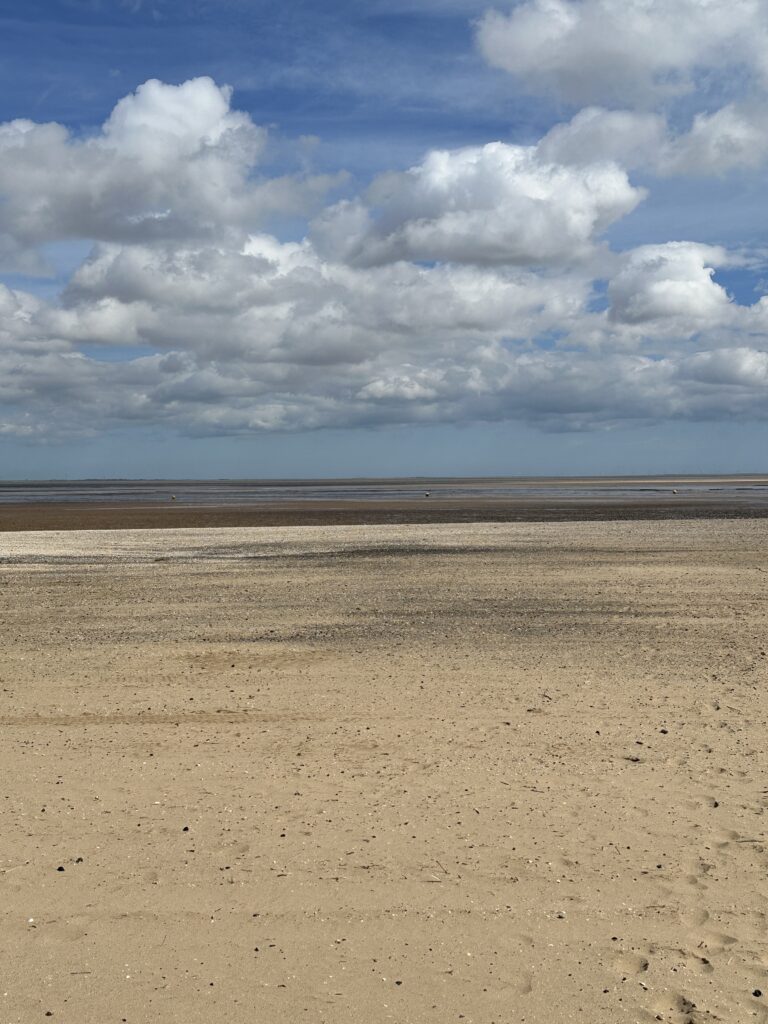
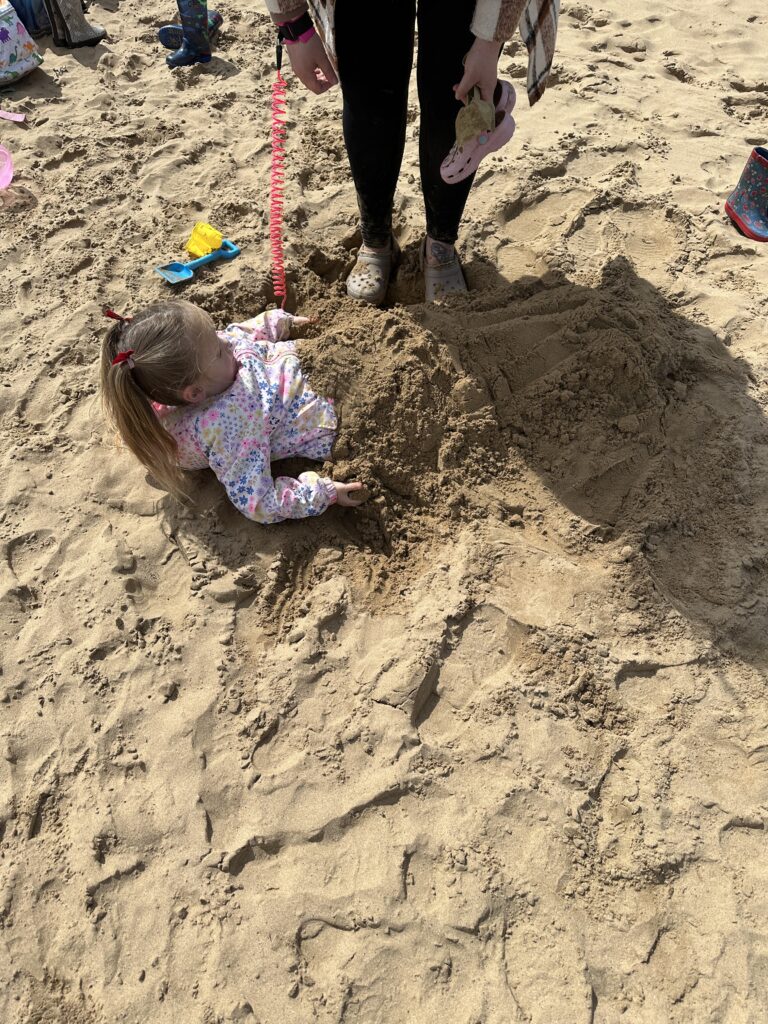
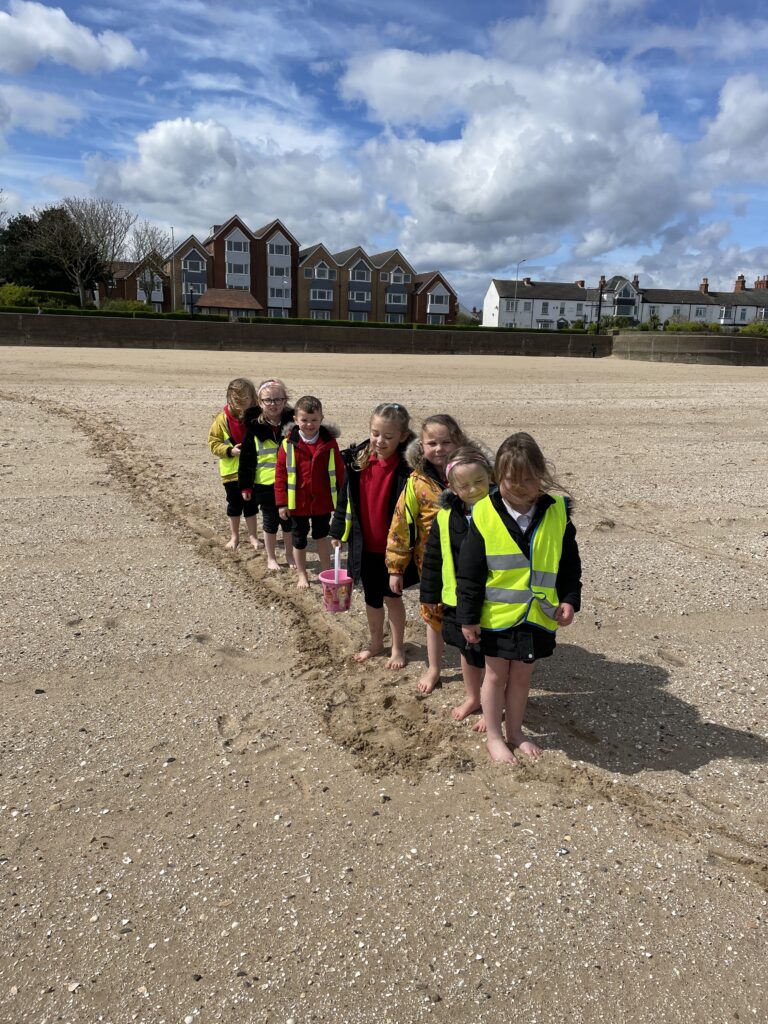
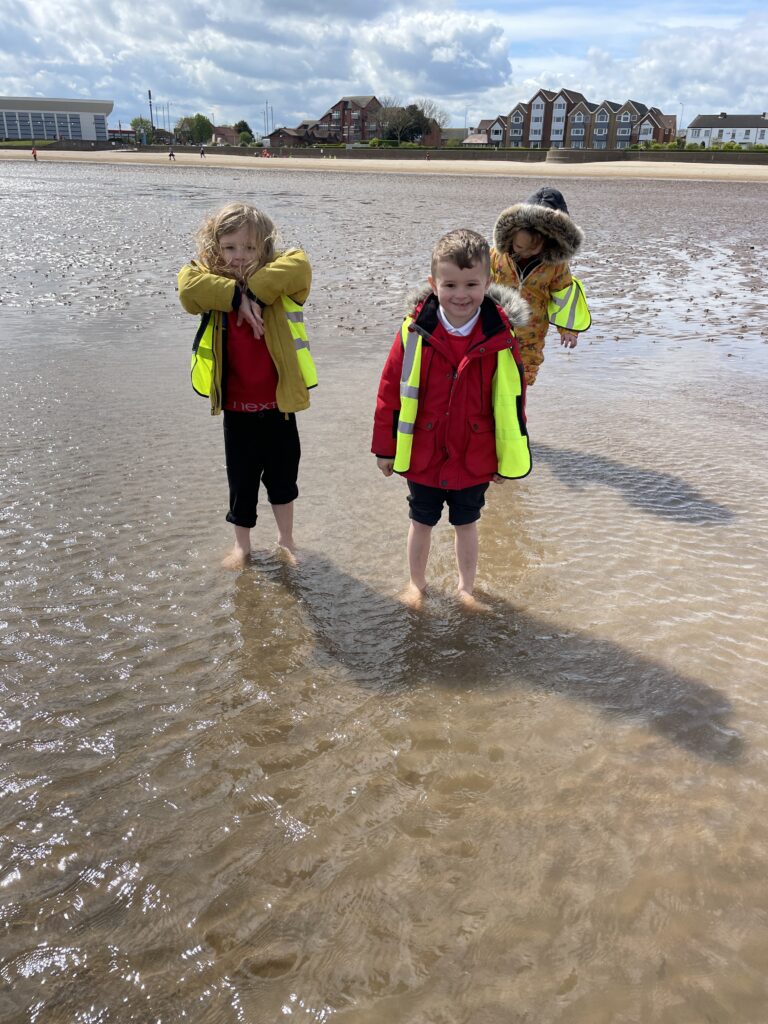
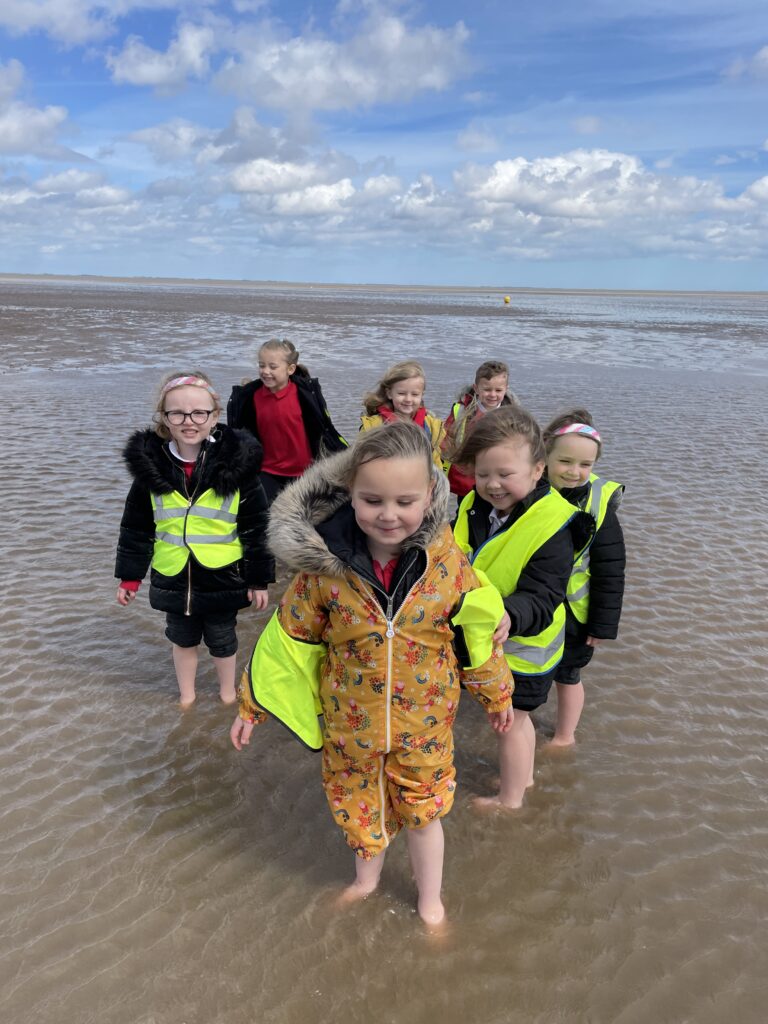
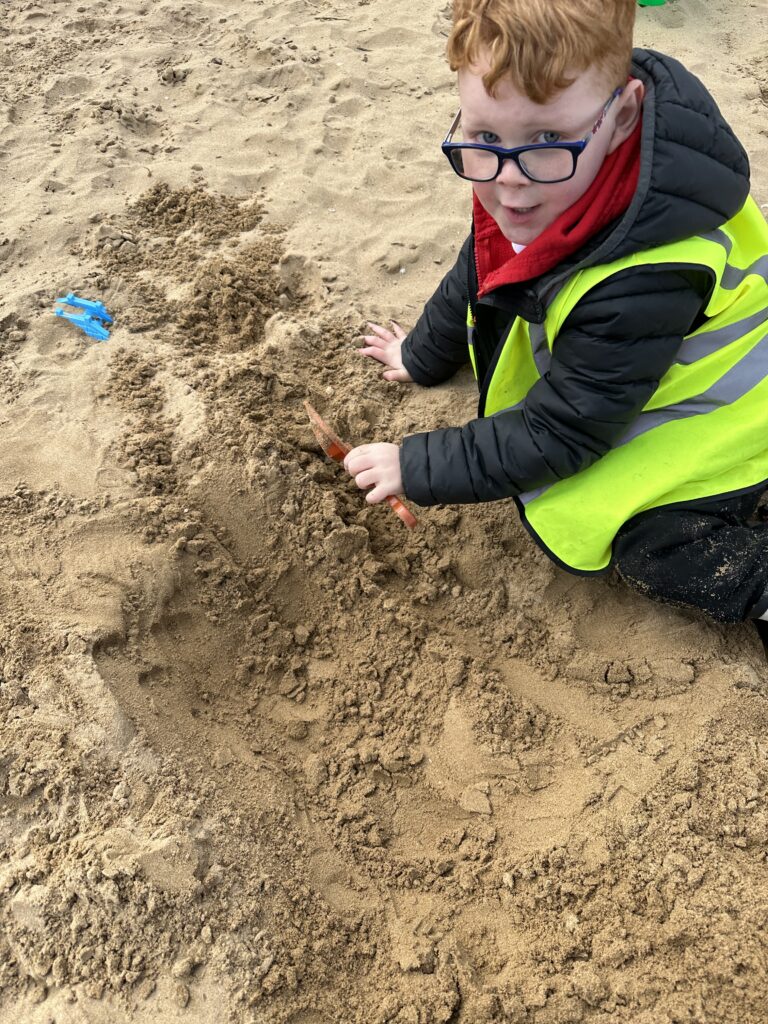
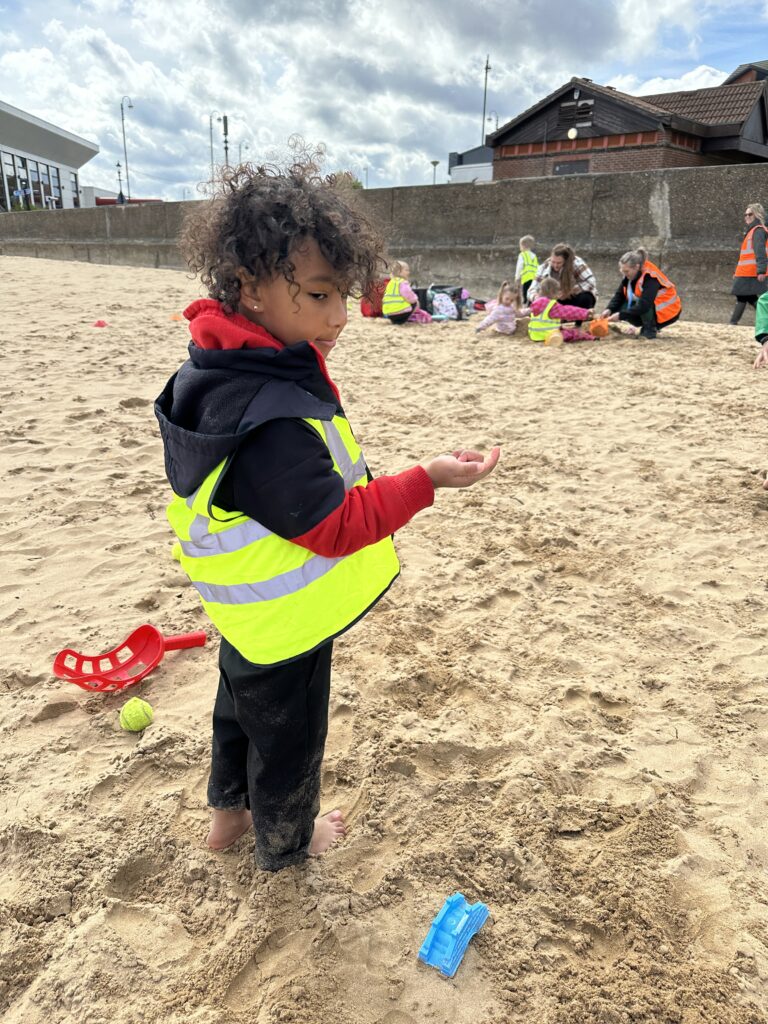

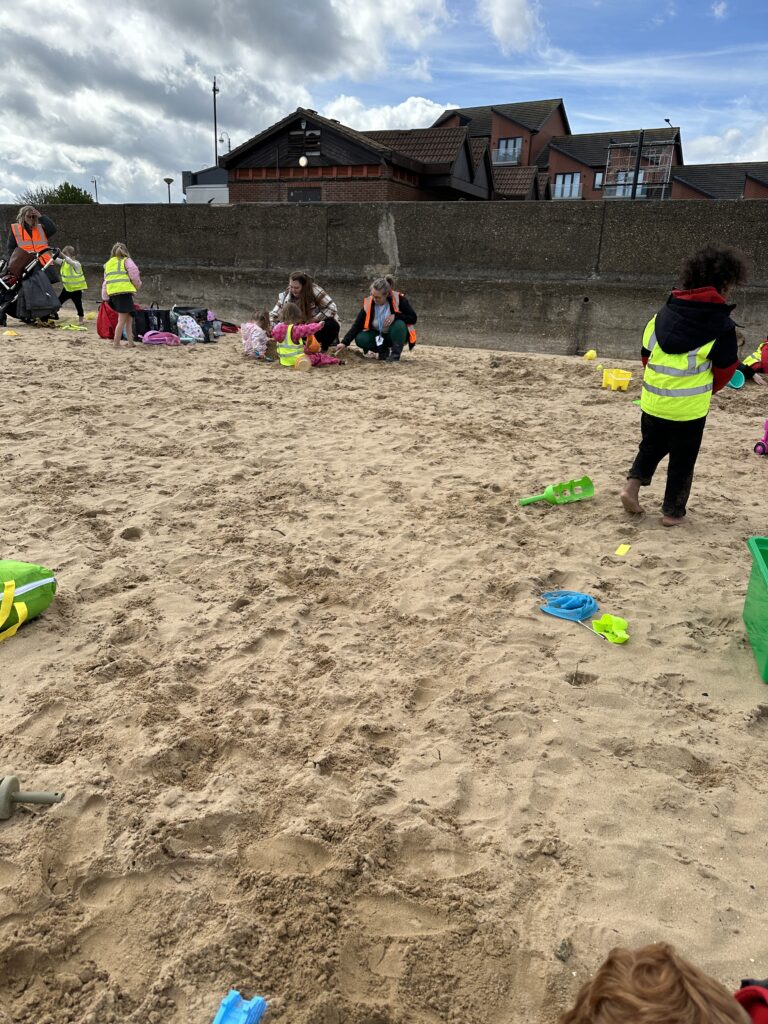

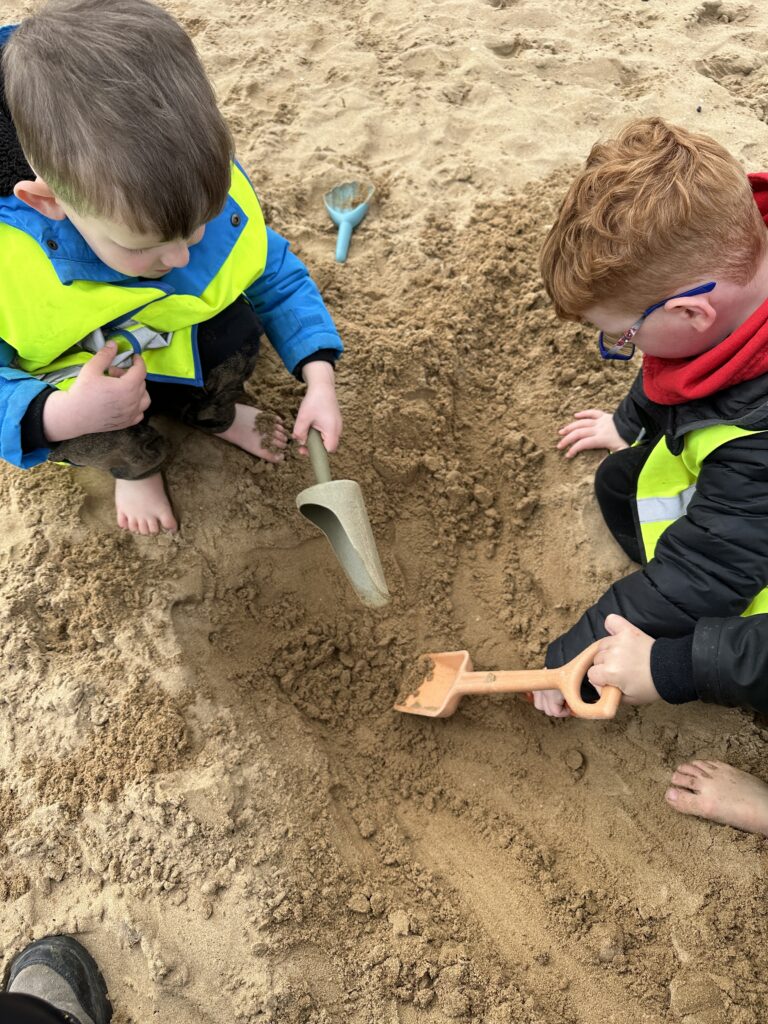
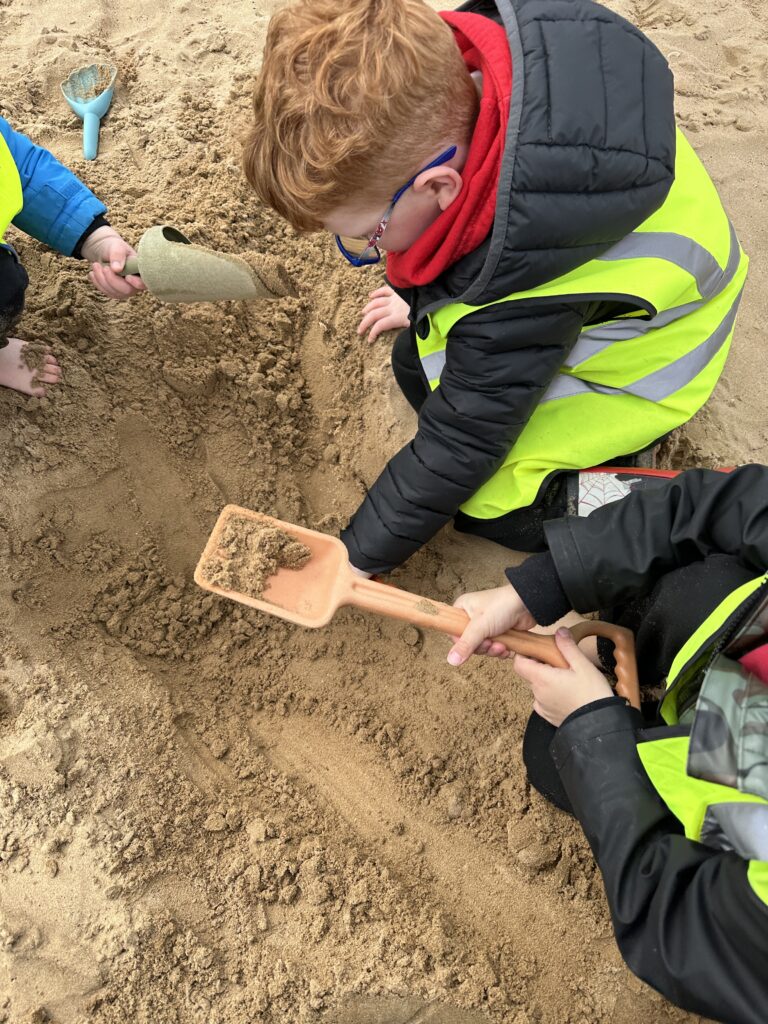
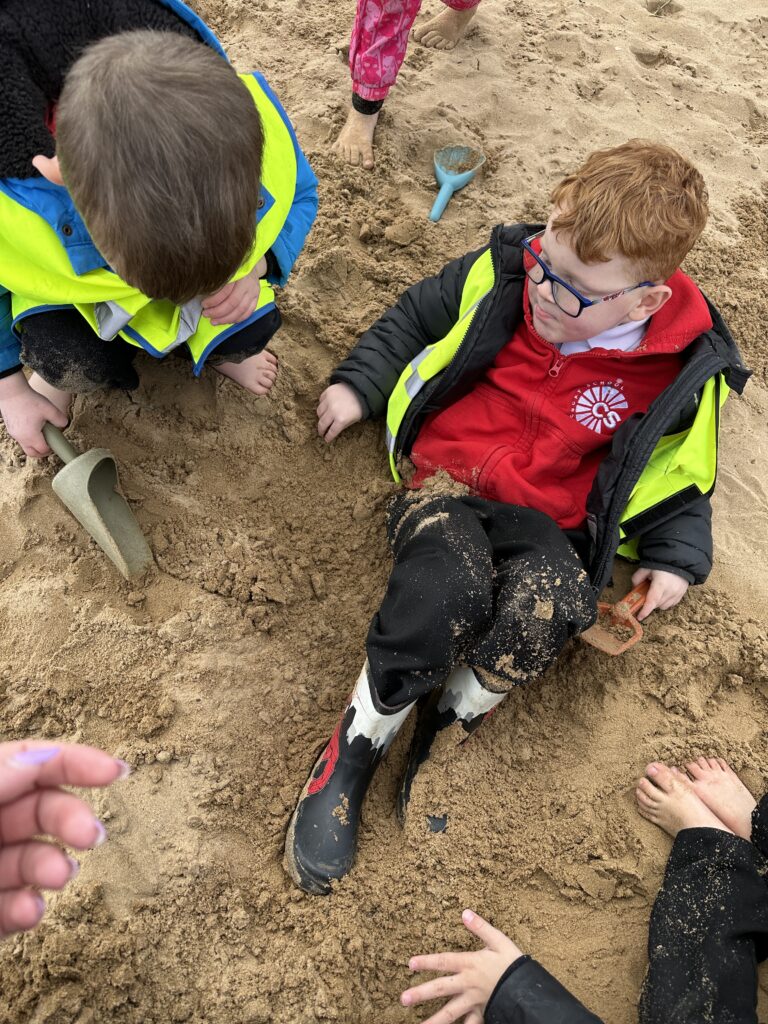
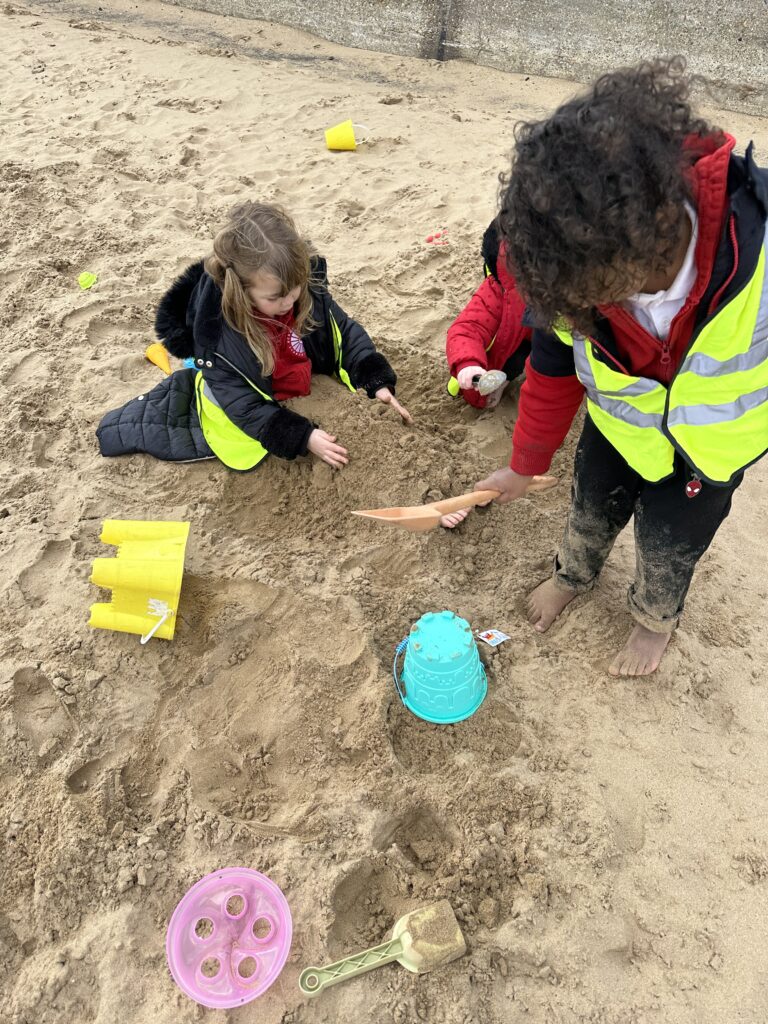
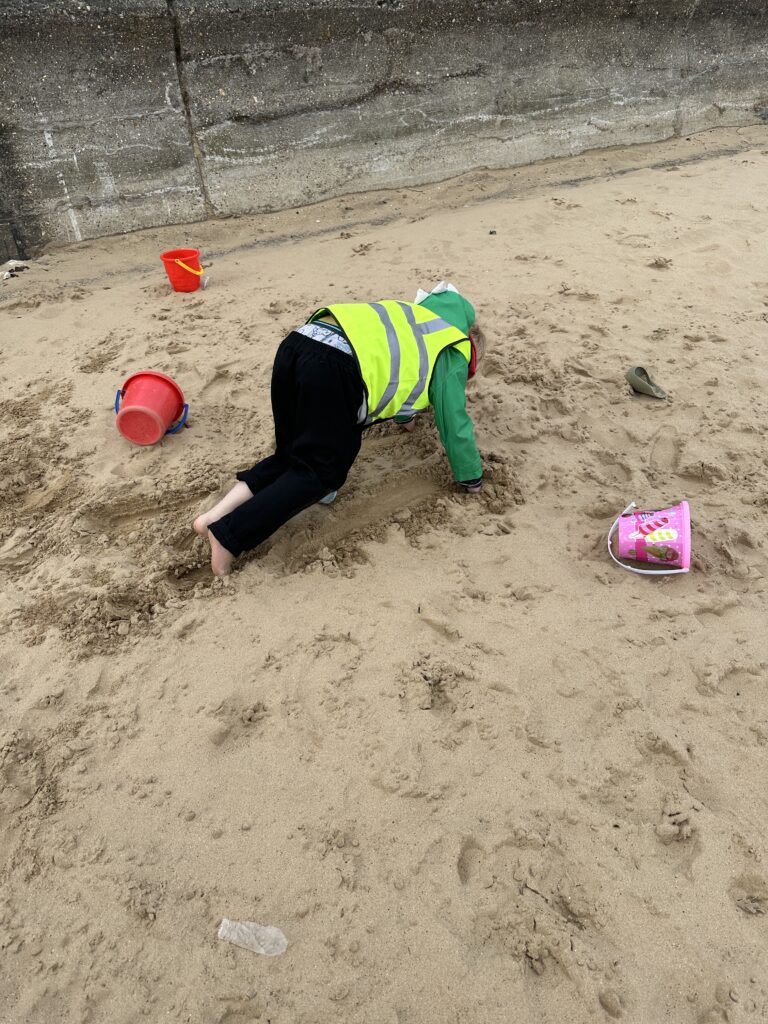
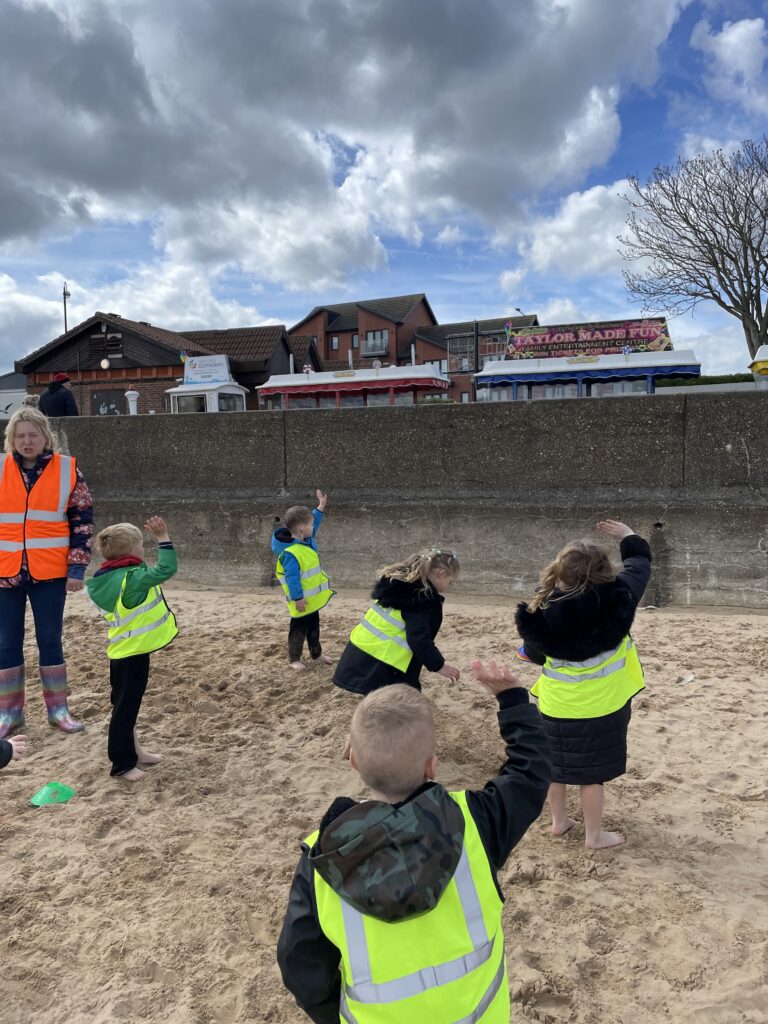

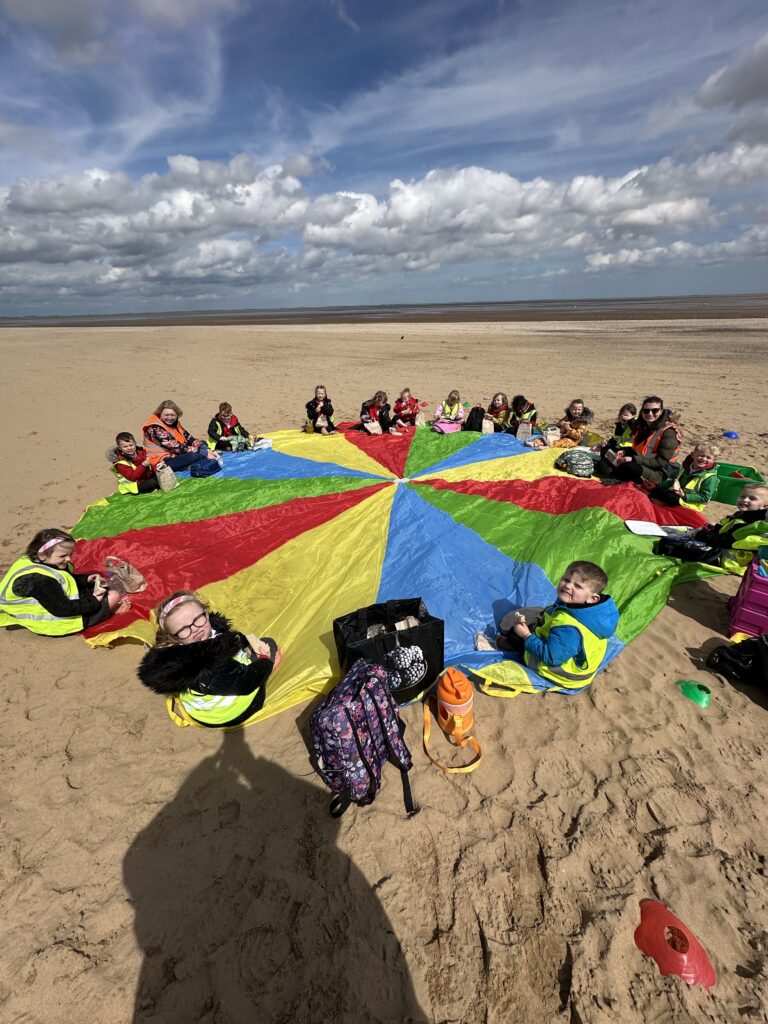
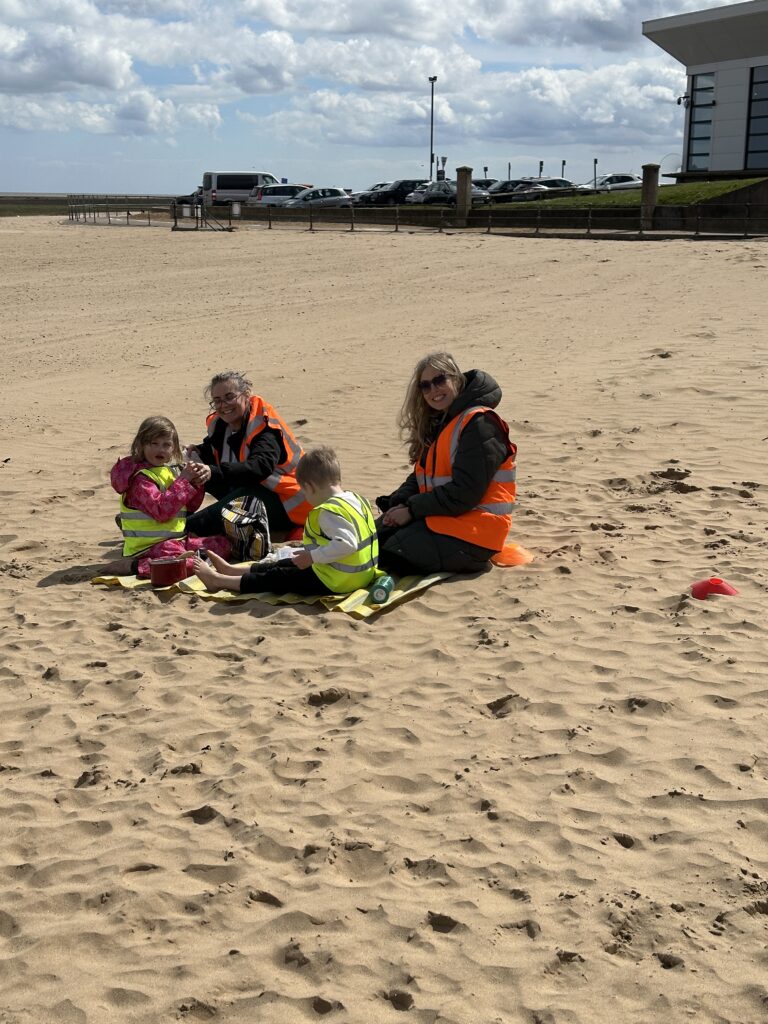
For our final Geography lesson we recapped the feature of cities, towns, coastal and rural locations. We completed a sorting activity in small groups and then compared our answers with another group.
